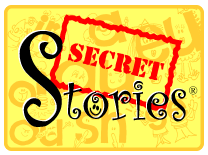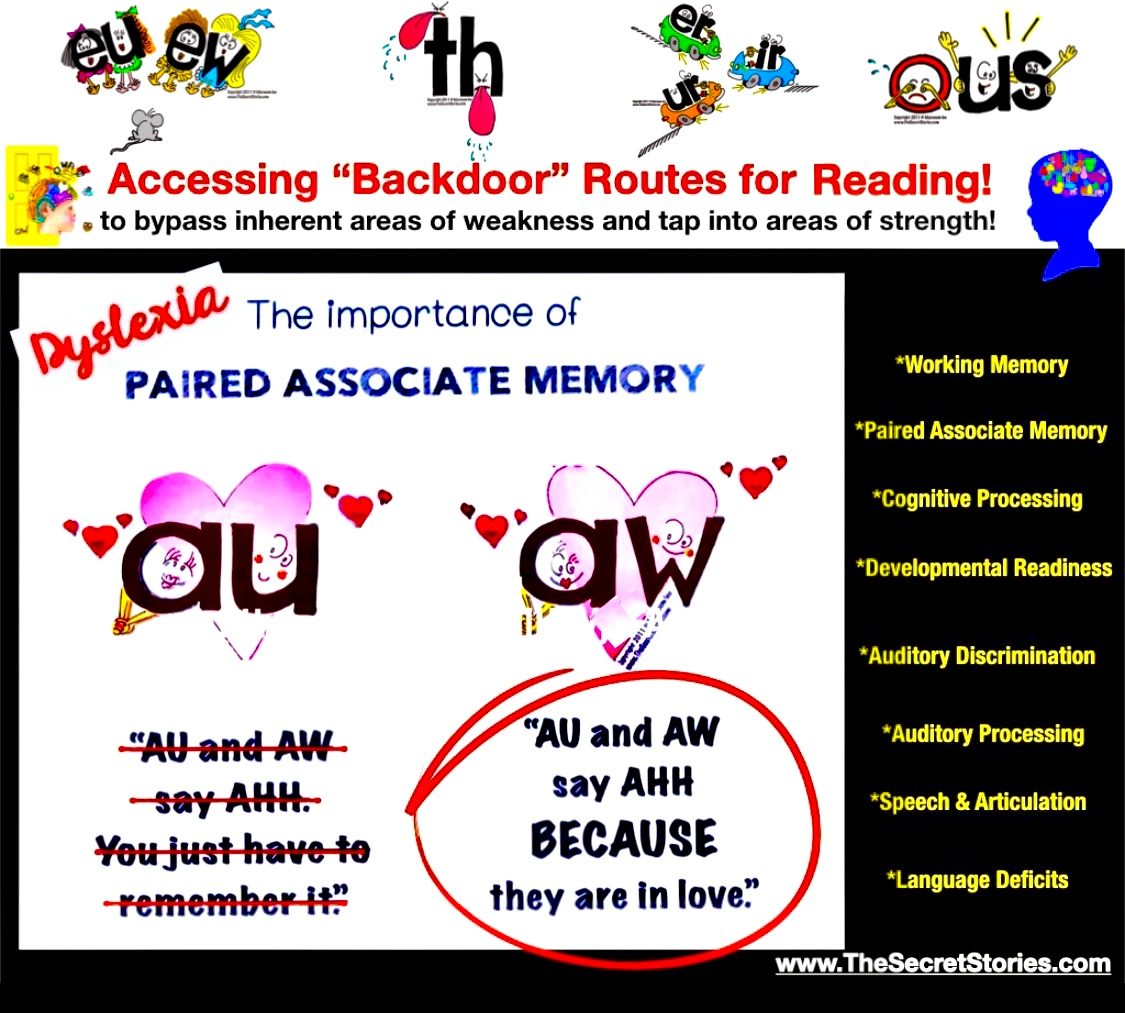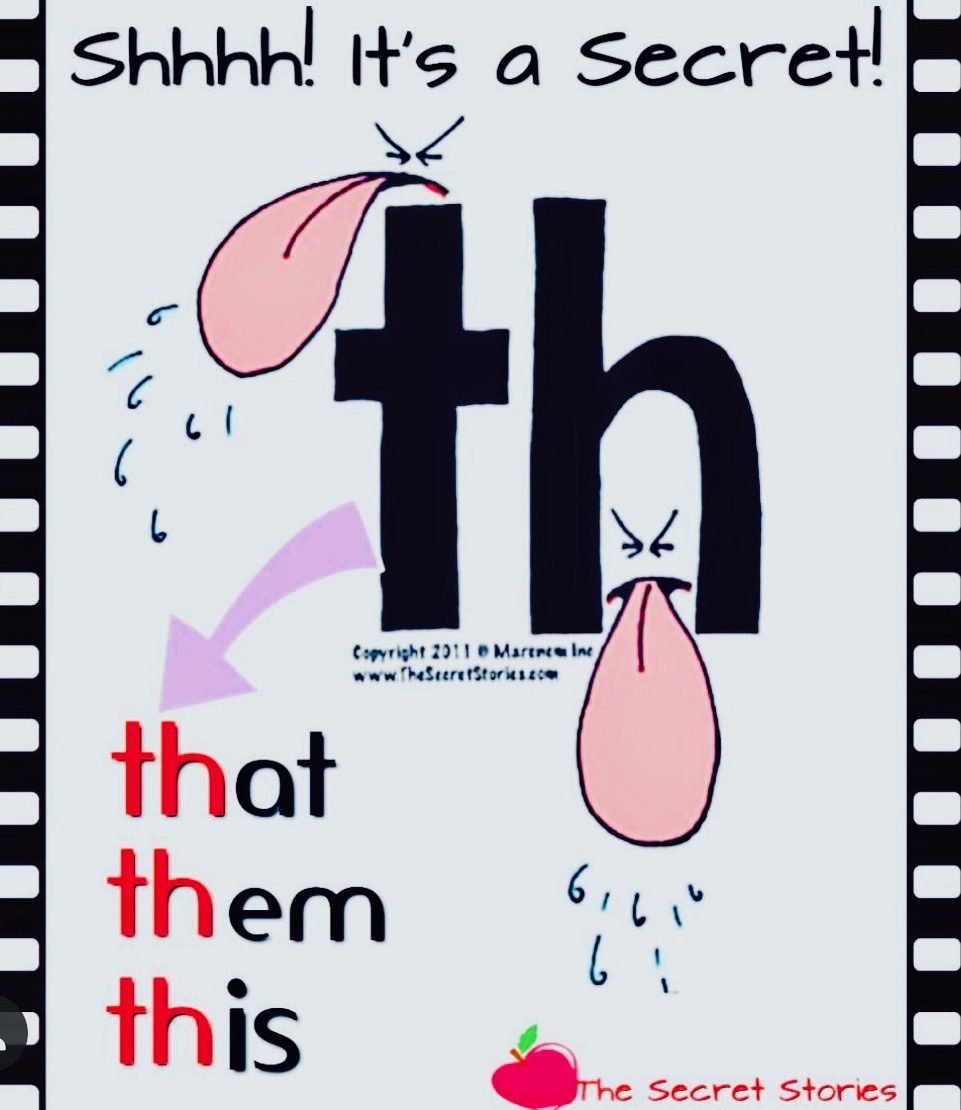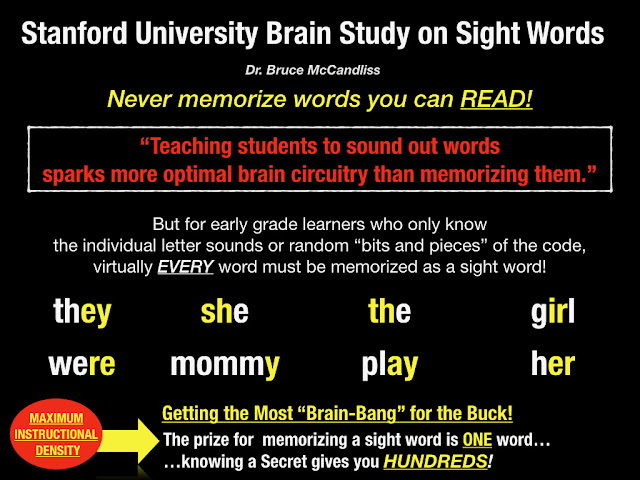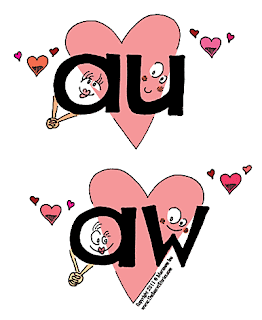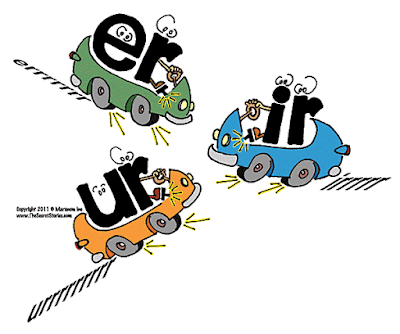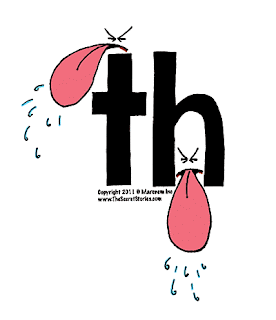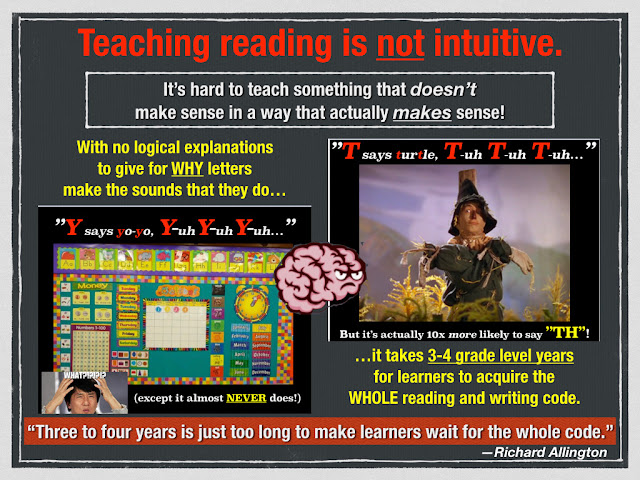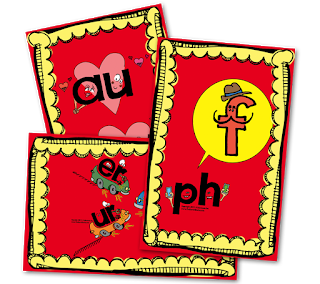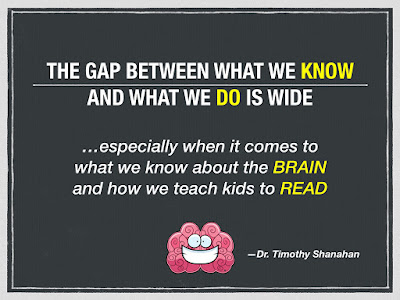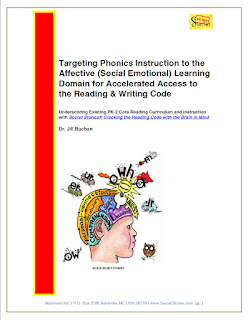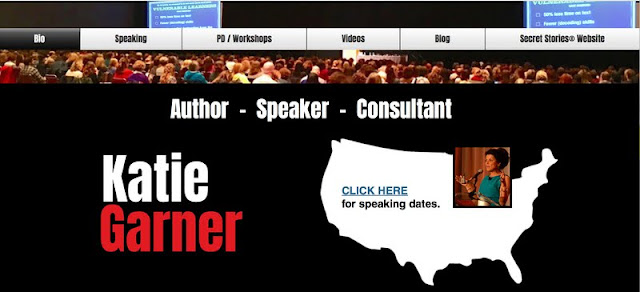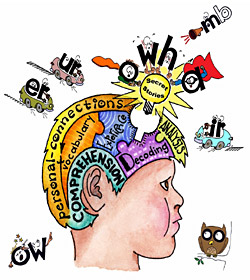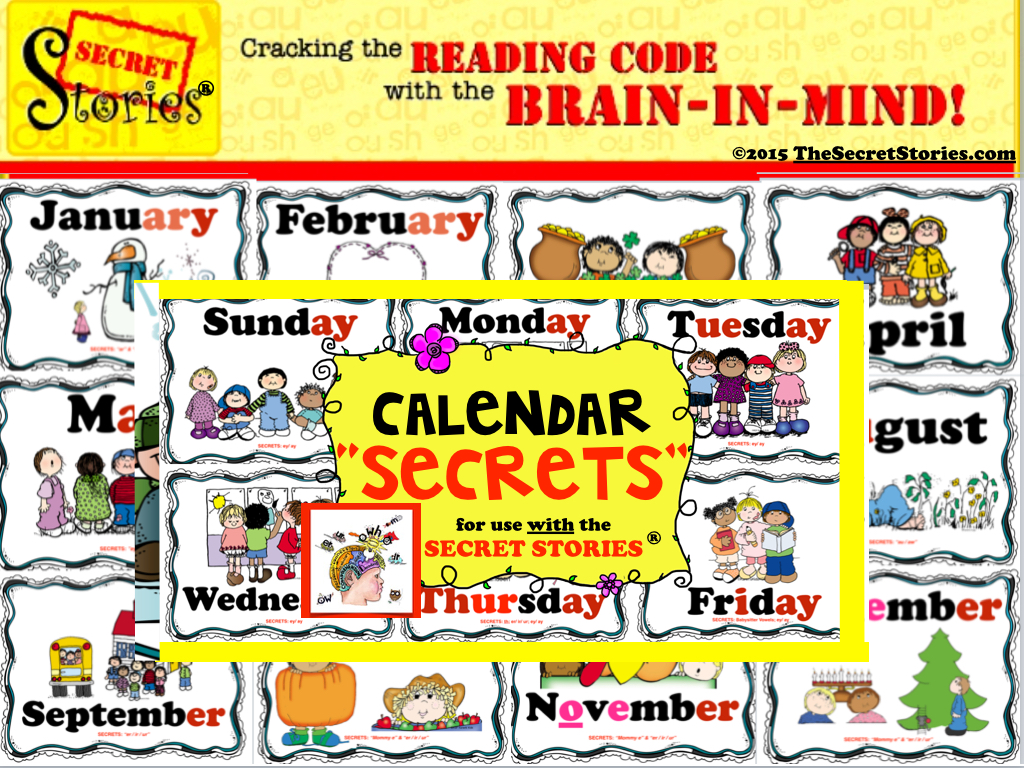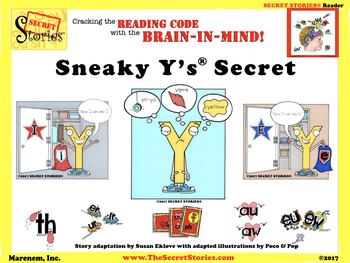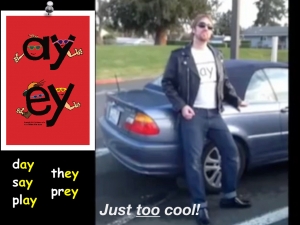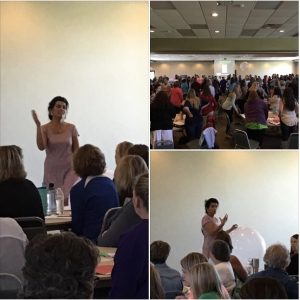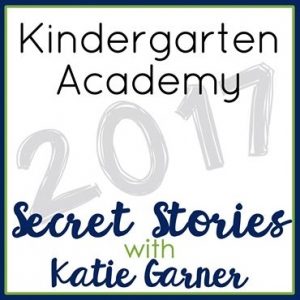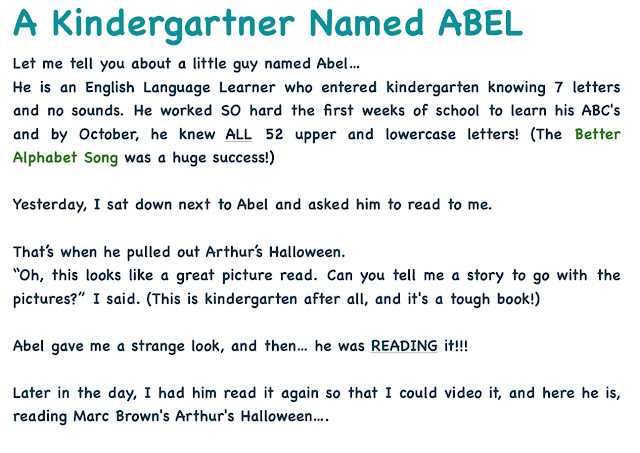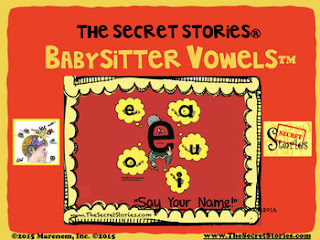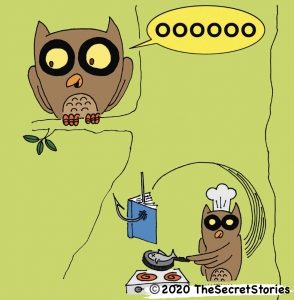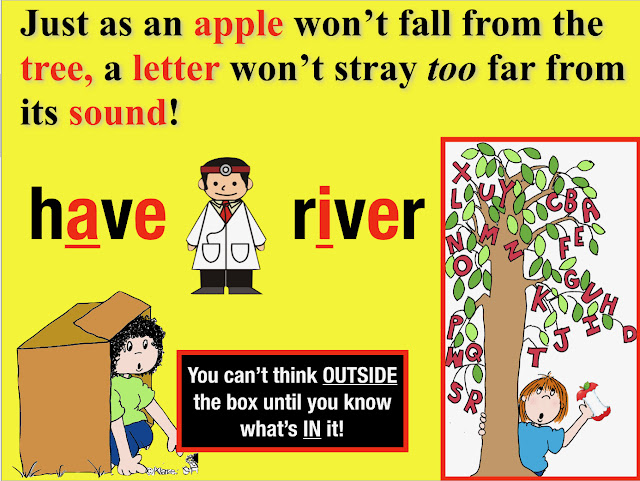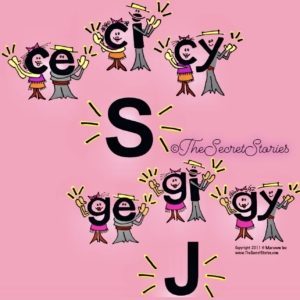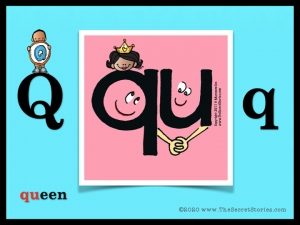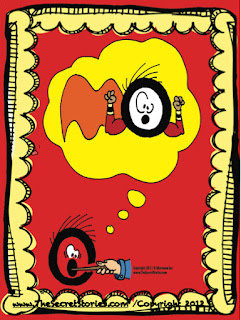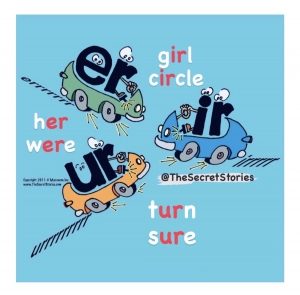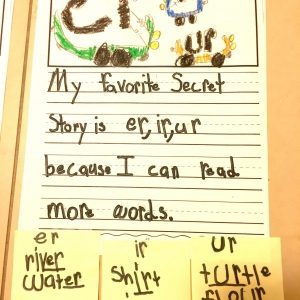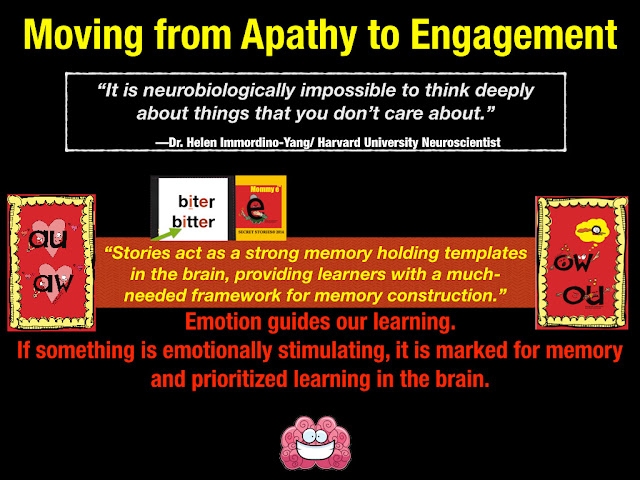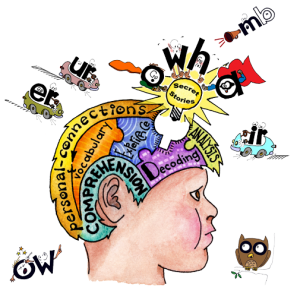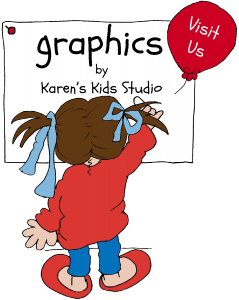Title I Teacher (a.k.a. “Secret Agent” Amy Mitchel) Goes Undercover…. and takes her “student detectives” with her!
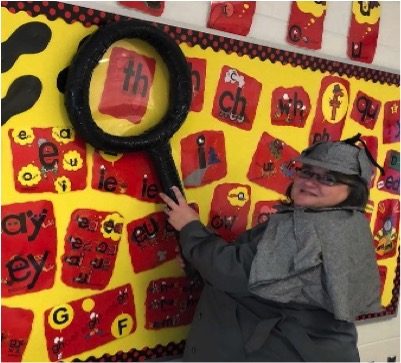 My name is Amy Mitchell. I am a reading specialist and Title I teacher in Wyoming County, West Virginia. In all the years that I’ve been working with kids, I have never had more fun or more success than I’m having now, and neither have my kids! What’s the difference? I have discovered the Secret Stories!
My name is Amy Mitchell. I am a reading specialist and Title I teacher in Wyoming County, West Virginia. In all the years that I’ve been working with kids, I have never had more fun or more success than I’m having now, and neither have my kids! What’s the difference? I have discovered the Secret Stories!
I teach struggling learners, and sometimes it can be difficult to get them to pay attention, to learn, and to use that learning at the appropriate time. They do not always understand that a letter with two humps is an /m/, nor do they often care. We “teach” them and we “tell” them, “This is a /m/ and it says “mmmm,” or this is an /l/ and it says “llllll,” and then we assess them and they have little to no recall of these “randomly appearing” symbols and sounds.
One such kindergartener was in my class last year. She was just adorable, but had such trouble focusing on lessons and attending to tasks, and knew only one letter on her first assessment…the letter /s/. We taught and taught and taught….letters of the week and high frequency words, as per our scope and sequence in Journeys, along with every other creative way to practice letter sound skills you can think of. By November, she had picked up a couple letter names and sounds, but really wasn’t getting it.
Enter the Secret Stories…
I met Katie Garner at our state reading conference in November where she was doing the keynote and some break-out sessions. In the breakout, Katie showed us “The Better Alphabet Song” which is supposed to “give” (not “teach”) all of the individual letter sounds using muscle memory, so as to take just 2 weeks to 2 months to acquire, both for kindergartners and preK (which I also teach). Katie also shared some “Secrets,” which explained the sounds letters make when they get together. She explained that the Secrets should be “tossed out” as needed, so that kids understood why letters weren’t always making the sounds that they should, and that this should happen in conjunction with kids learning the individual letters, via the “Better Alphabet.” That way, kids would be able to make sense of what they were seeing in text throughout the day.
The Better Alphabet Song
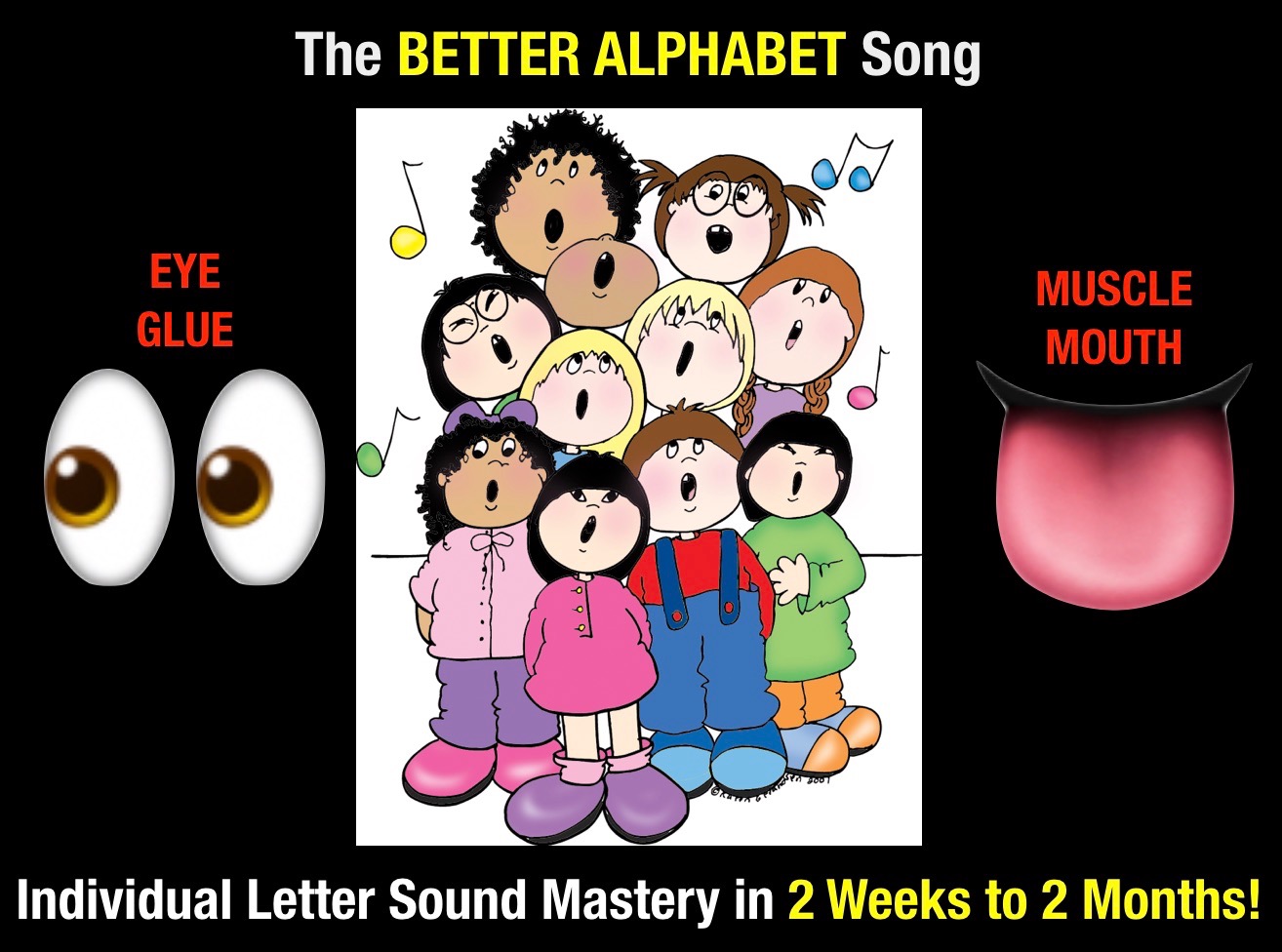
When I got back from the conference, I found and watched every video I could (some many times) that Katie had online, and on my first day back, I just jumped in! It was the last week before Thanksgiving, so feeling that I had nothing to lose, I took right off implementing it in my classroom visits, I started singing “The Better Alphabet Song” twice a day, just like Katie said to, and I made sure that they were using their “muscle mouths” (were REALLY working their lips, tongue and teeth when singing, so as to “cement in” the sounds)…..

…..AND that they were using their “eye glue” (i.e. keeping their eyes “glued” to the letters that I was pointing to as they were singing them. Katie had stressed over and over that to really forge the connection between the symbol and sound, kids had to “see what they sing” and “sing what they see,” as otherwise, they’ll be able to sing all the sounds but won’t be able to use them for reading and writing. 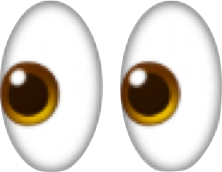
I also started sharing some Secrets, even though I honestly didn’t think it would make much difference kids who still didn’t even know their basic letter sounds.
I went into class for a 45 minute time slot daily and told them Secret Stories and sang “The Better Alphabet Song” twice in that time slot. I showed them Secrets in their sight words, and we found other words with the same Secret. That’s all I did differently.
The SECRETS to Teaching Sight Words
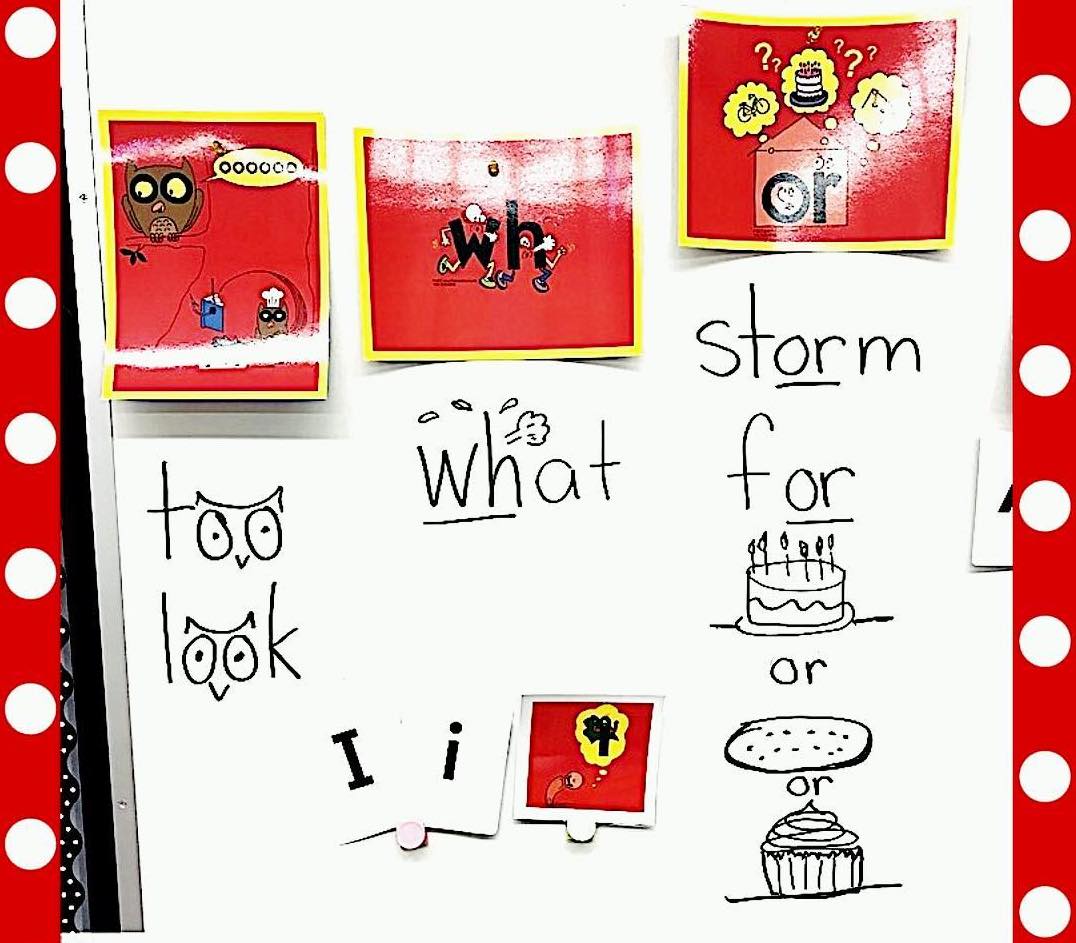
The regular teacher of the little girl about whom I was so worried was out on maternity leave, and they had had substitute after substitute, so aside from my daily 45 minute visits, there was no stability. But when I came in, she would lean in to hear the Secret Stories I told. She LOVED the Secrets. Despite not yet knowing their individual sounds, she obsessed with their “secrets!”
Fast-forward to the week before Christmas break when it was time to assess again and this sweet little girl now know 14 letters and sounds! Growth!!! And it had barely been three full weeks— one week before Thanksgiving and these two weeks before Christmas!
Phonics Screening Assessment/ Phonics Check
So back to the assessment…
What I found most surprising when testing this little girl, beyond the fact that she now had 14 letter sounds, was what she said when I asked her about the letter /y/. She didn’t know the name of the letter, but when I asked her about its sound, she answered in a profound way that shows the power of the Secret Stories for any learner, especially those who are struggling.
She said, “I know when it’s the line leader it says ‘yuh, yuh, yuh’ cuz it’s being good, but when it’s at the end, it says ‘e’ or ‘i’ cuz it’s being sneaky.” She couldn’t remember the letter name, and yet its three positional sounds, which aren’t aren’t even supposed to be taught until second grade! I was amazed. (If you don’t know the Secret Stories, and aren’t yet privy to who Sneaky Y® is, click here!)
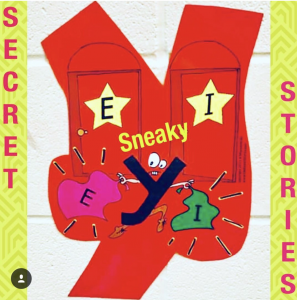
When you teach reading to early grade learners, it’s so easy to lose sight of the big picture, given the grade-specific phonics skills and their incremental assessments, but ultimately, what really matters is that kids are able to sound out words for reading and writing. Knowing what the letter /y/ is called doesn’t help you read or write words, but knowing the different sounds it’s likely to make depending on where it is in a word, does.
The “story” part of the Secret Stories appeals to a different part of the brain, a part that develops much earlier. It gives them a place for the letter sounds to “stick” and a different pathway for recall. It’s just incredible how it works.
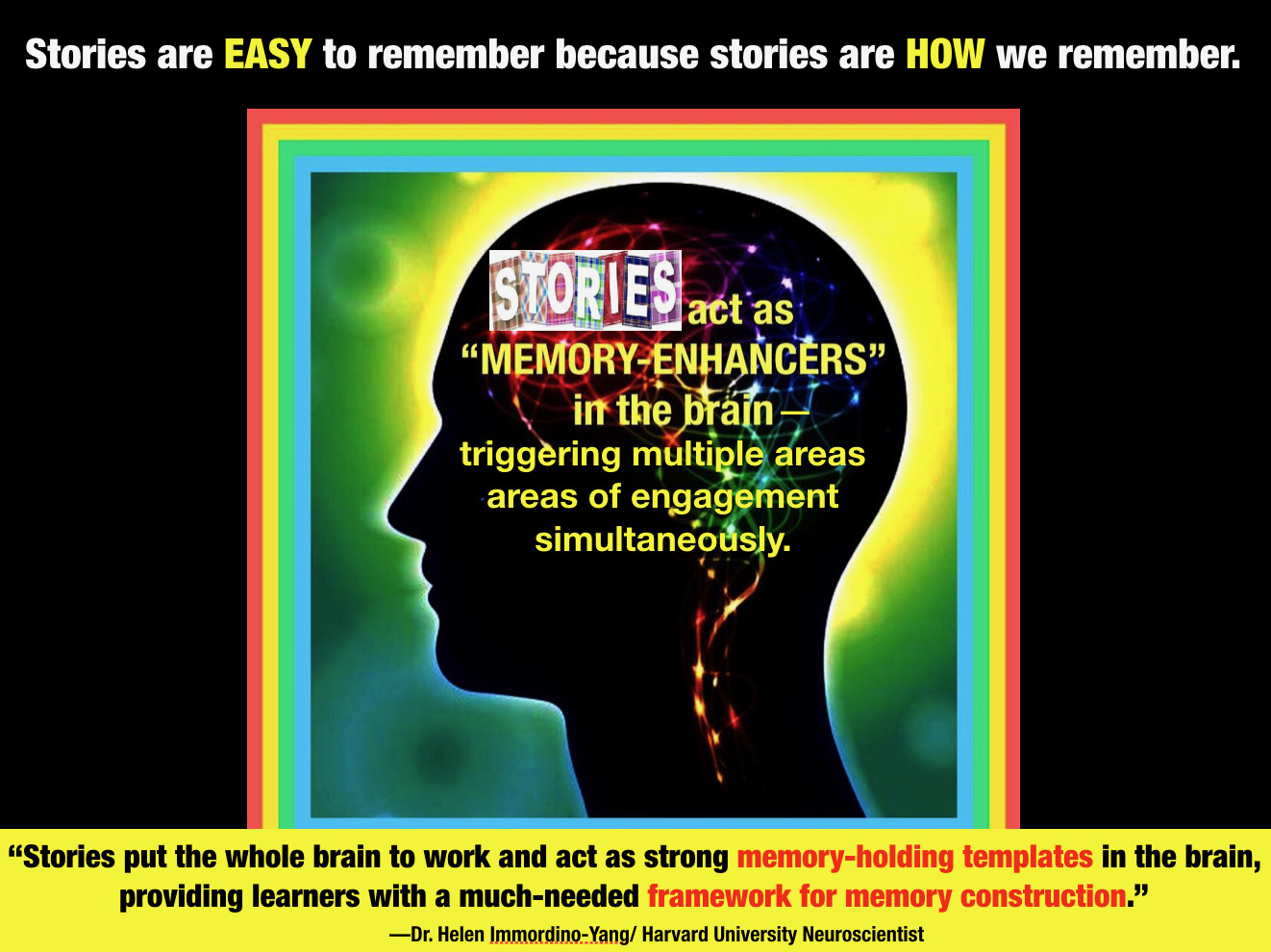
At the year’s end, that child knew ALL of the letter names and sounds….and some Secrets!!! I was sold completely. Soon the Secrets were spreading with such success that our school board came to observe the Secret Stories in action during a meeting in our building. They loved it! News spread fast and soon other schools were wanting it, so Katie came and trained our whole district.
Phonics Workshop/ Phonics Training

Now that it’s county-wide and everyone loves it, it’s spreading even more! We are adding our PreK and Head Start classes!
Fun Phonics Lessons with Secret Agent Mitchell
With inspiration from a friend and Pinterest, I decided that I would develop the theme of the “Secret” stories and made myself into a “Secret” Agent. When I first went into each classroom to introduce myself (and the Secret Stories), I dressed up in my Sherlock Holmes costume, trench coat, and had an oversized magnifying glass, all while the “Pink Panther” theme song played!
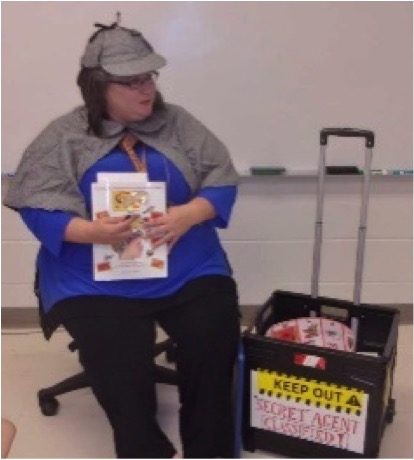
Since I traveled from room to room, I even decorated the cart that I pull with signs that said, “Top Secret” and “Keep Out” signs, with caution tape around it! I told the kids that all the Secrets I have inside are TOP SECRET and can only be accessed by me, or someone who is granted “clearance!”
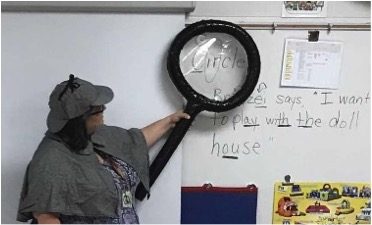
We talked about what secret agents do, and how they must be trained to watch out for bad guys who try to trick them into doing things they aren’t supposed to do. Then I told them that letters sometimes try to trick us, and that it’s usually the vowels that try to do this, but that if we were good detectives, we can catch them, find out what they’re up to (i.e. discover their “Secret”) and unlock the hard word.
I read them a story of a trickster letter named Sneaky Y®, who was guilty of “breaking and entering,” as well as stealing and then impersonating others.
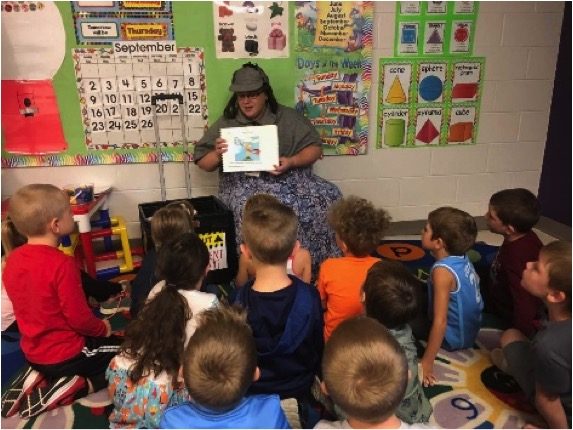
We even used a magnifying glass to find that sneaky guy when he was hiding behind a tree with a spy glass (telescope) and spotted him in lots of words as well. They LOVED it! (You can find the story that I’m reading to them about Sneaky Y® here.)
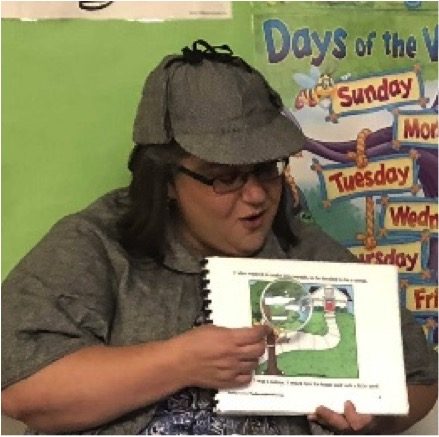
Of course, I had to mention that sometimes, letters are caught not doing what they are supposed to, and even breaking the “Secret” rules, so then they must go straight to jail!
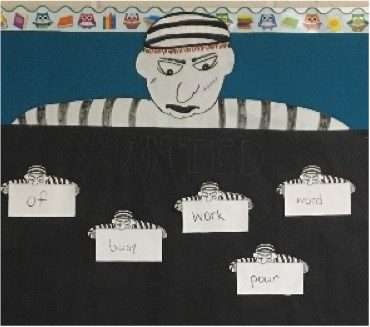
I’ve told them about the “Thinking Vowels/Head Bop” trick, which allows some words to be “re-habilitated” (i.e. decoded) and not have to go to jail. I love that idea and so did they!
Even my classroom requires the highest level of security clearance, and may be accessed only by a scanned image of my handprint! No one else’s handprint will unlock the door, since I am the “Top Secret Agent!” (Not that they don’t love trying to “scan” their own handprints for unauthorized entry!)
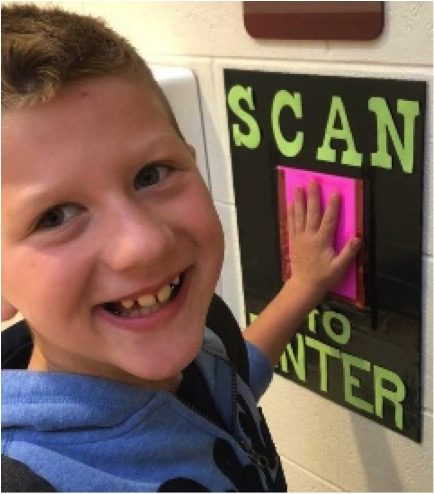
Of course, the walls are covered in Secret Stories® posters, but I also hung silhouettes of secret agents to “guard” all the Secrets in my room. One can be seen “guarding” the Secret Stories® Better Alphabet Chart, keeping safe “every letter, every sound, every day.”
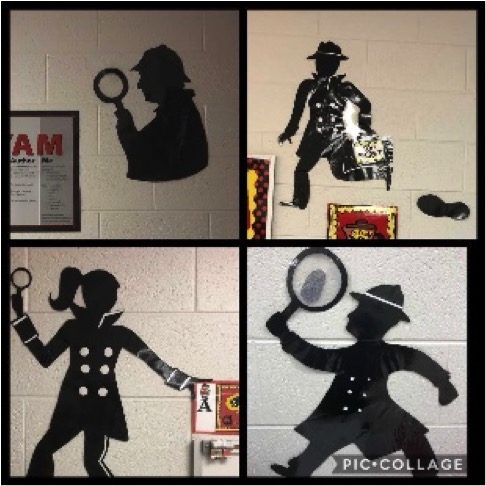
Our Secret Phonics Posters
Another one of my agents is always keeping an eye on our Secret Stories phonics posters.
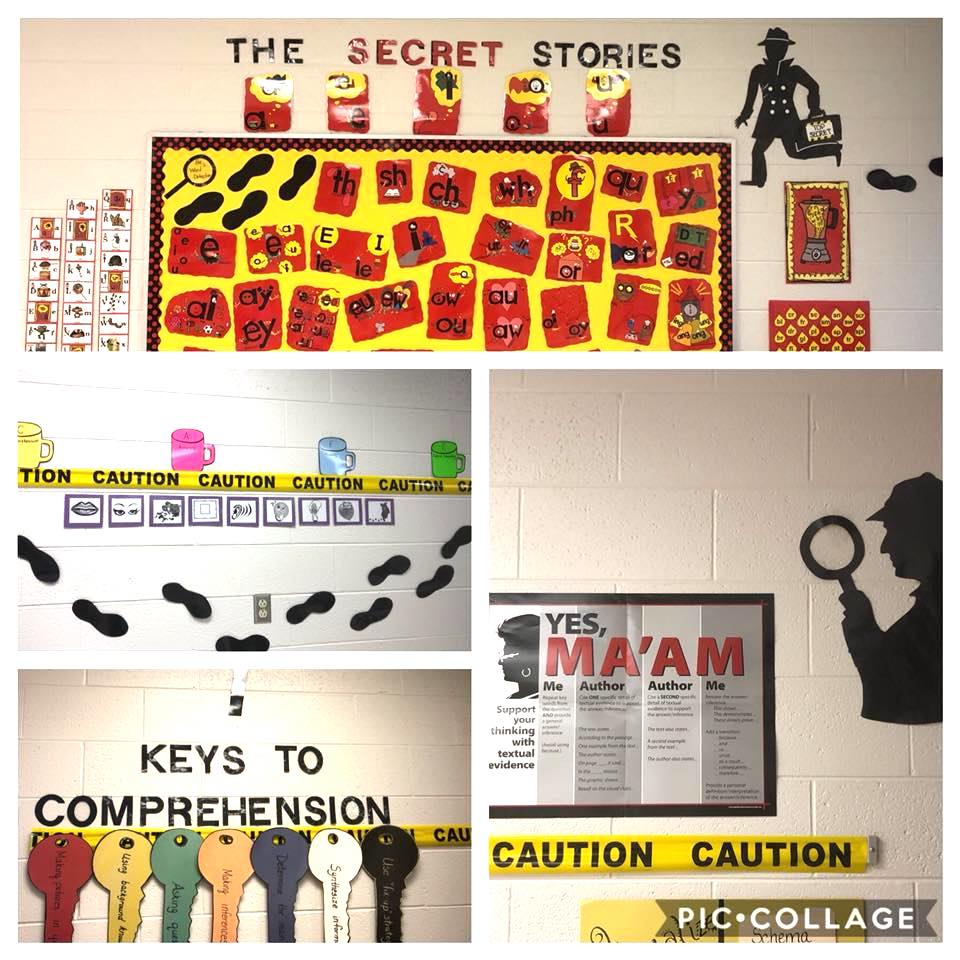
I have other agents watching our “Keys to Comprehension” (Zimmerman and Hutchins) and writing charts because decoding leads to “cracking text” for reading and writing. which only build upon one another. All of this leads to even more phonics fun and “Secrecy!”
I even transformed my big storage cabinet into a “secret vault” with a safe lock that can be accessed only with a “secret code” and scanned fingerprint!
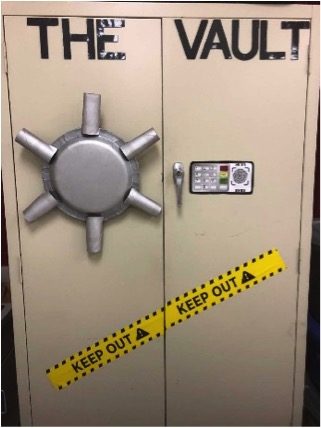
I tell the kids that inside the vault are lots of ways to practice our Secrets with reading and writing. In truth, it contains all of my existing reading resources—different learning games for phonics practice, sentence building, and sight word practice —all of which leads us to discover more Secrets! And that’s another thing I love, which is that Secret Stories work with anything and everything because they are teacher tools, as opposed to another phonics “program.”
A Scope and Sequence for Phonics Programs and Instruction
As a Title I teacher, I do classroom visits, as well as “pull-out” groups. I bring kids to my “Secret Agent” room and tell them they are now “commissioned” as detectives to find “Secrets” in words, so as to unlock their sounds and read them. Our reading program refers to our secret mission simply as “decoding,” which doesn’t exactly excite kids. If we just stick to the script of our reading series and follow its slow scope and sequence for phonics skill introduction, kids in kindergarten and first grade would have to wait years for the “keys” to the code (i.e. Secrets) to unlock the words they see every day!
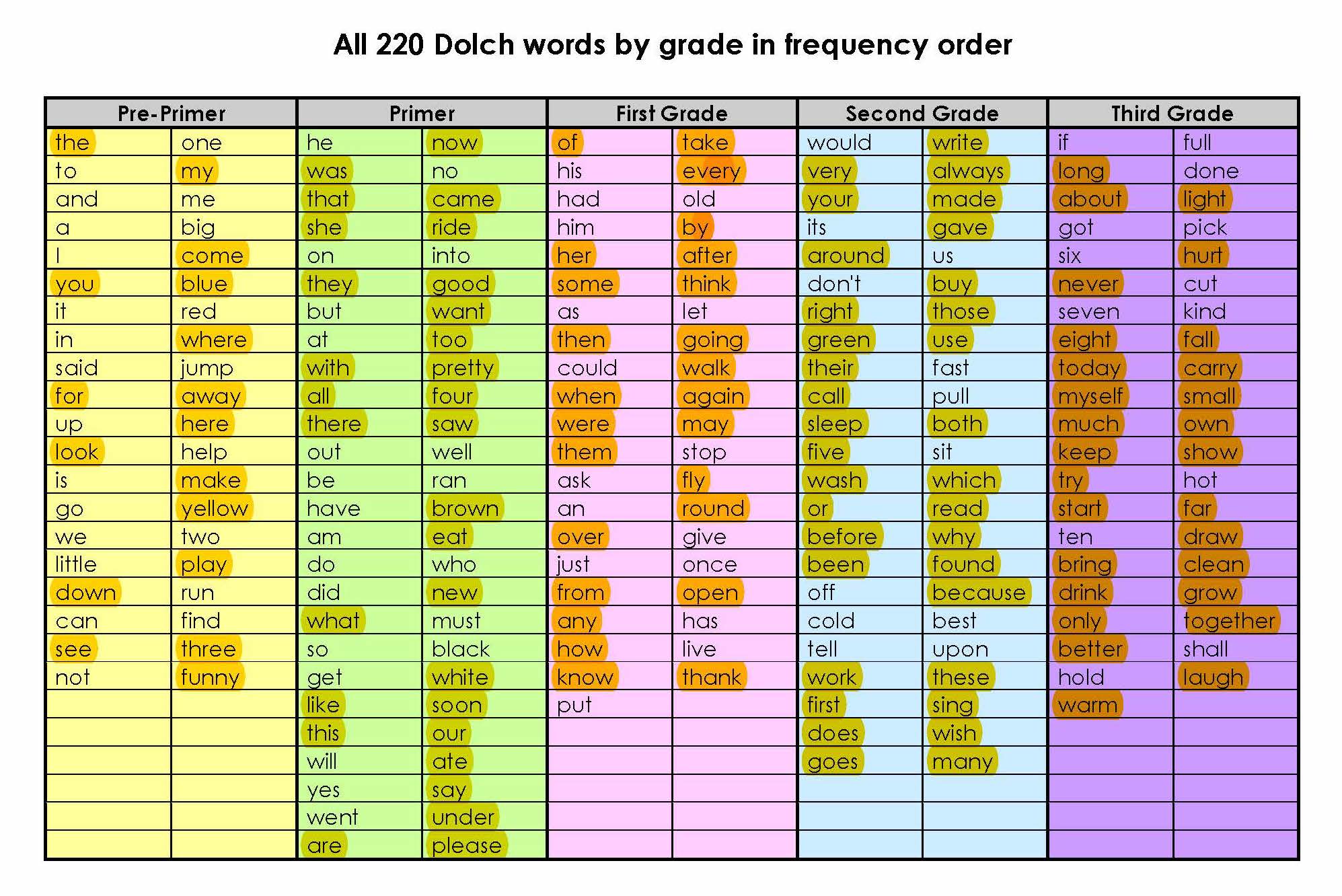
And upper grade, struggling readers might never get them, as they often missed the boat (or as Katie says, the “bus”) at the earlier grade levels when these critical code-skills were introduced.
In fact, the sounds that letters are actually the most likely to make (when they come together in words) aren’t even introduced in the scope and sequence until late first or even late second grade! How tragic! Especially when we have kindergartners easily unlocking words that would have been challenging to our second graders in previous years. It’s just amazing.
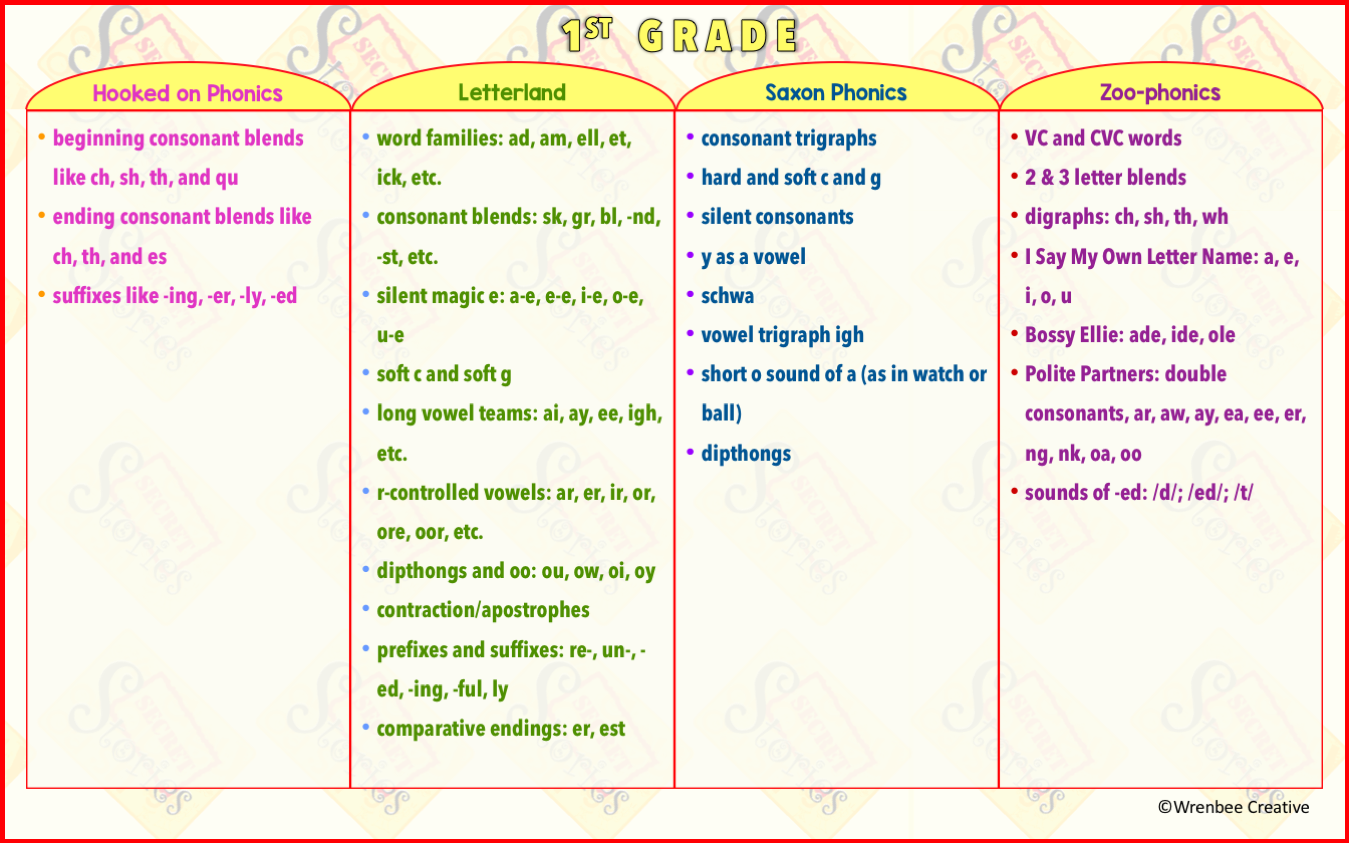
Teaching Beginning Writers
And Secrets aren’t just for reading. They are equally useful in getting secret agents to WRITE, as this only increases their fluency and automaticity. Katie talks about the inherent connection between reading and writing in brain, particularly at the beginning grade levels. The same Secret Stories posters we use to identify the sounds we need in reading are equally helpful for writing, as kids know that they can find any sound they need and just copy down the corresponding Secret pattern.
I use white boards often to build words and play with phonemes and letter/sound substitutions while making it fun and fast to practice letter formation and encoding to the point of automaticity. To kick it up a notch, and keep with my Secret Agent/Detectives theme, I use “invisible ink” tablets so that we don’t leave any clues behind about our Secrets! (Of course we really WANT the Secrets out! Everywhere! But the idea that they are OUR Secrets just makes kids want them MORE, and adds to the fun and secrecy!)
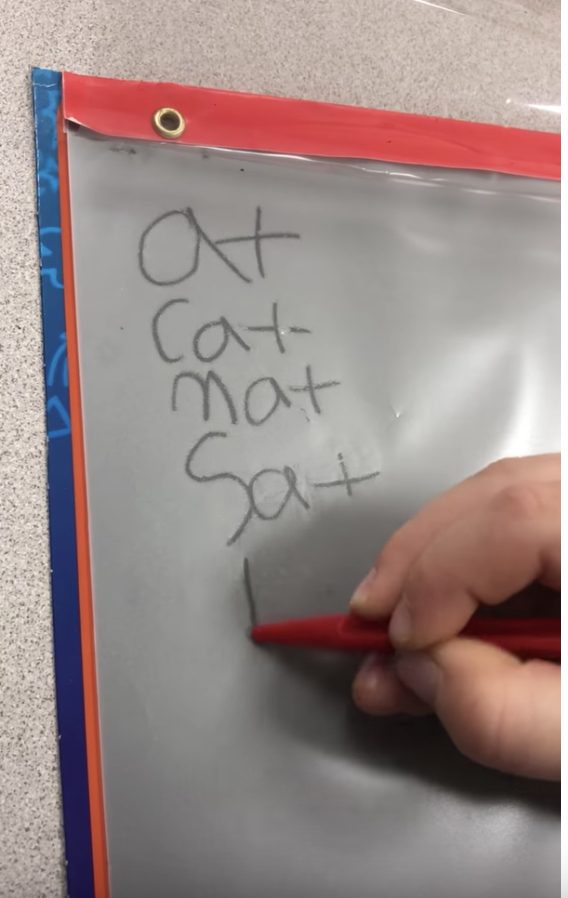
The Dollar Store has these little tablets that you can scribble on with a plastic stylus and pull up to make the writing disappear, and these work GREAT for this type of writing and word building practice. That is the same tablet outside my door that when pressed firmly with a hand leaves the perfect “scanned image” of a handprint. So much fun!
When my kids see me in the hallways, at lunch, or even out in town, they love to blow my “secret” cover as they point, giggle and say, “She’s a Secret Agent!” They are sure to tell me any new Secrets they’ve learned in their classroom, or any new words that they’ve found with a new Secret in them. (And putting some Secret Stories phonics posters up around the school, in the hallways, etc… is a great way to spur conversations about Secrets!)
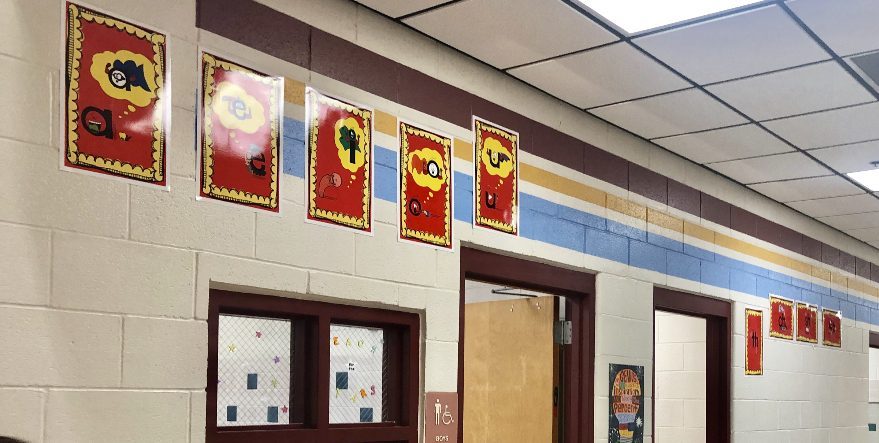

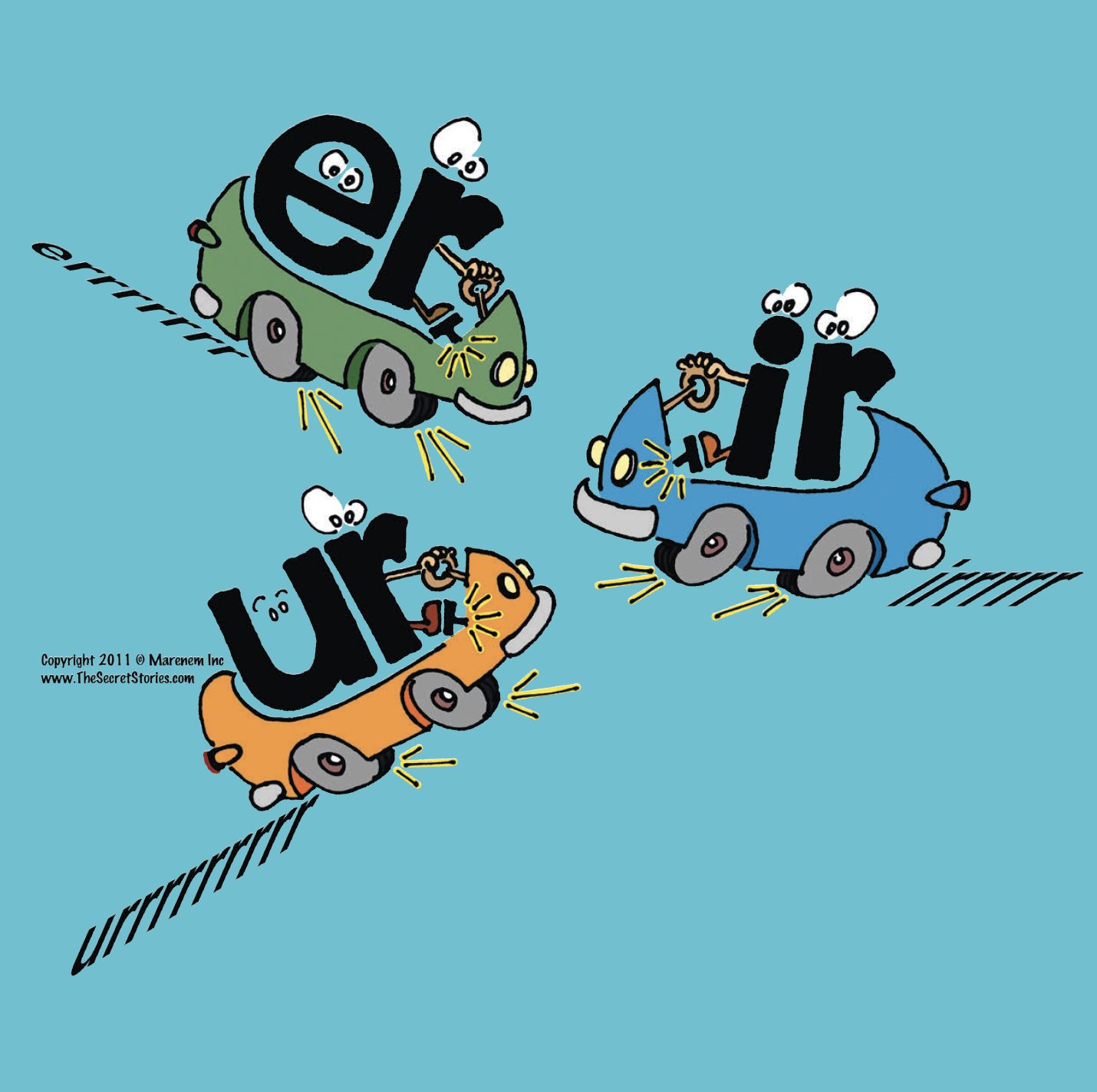
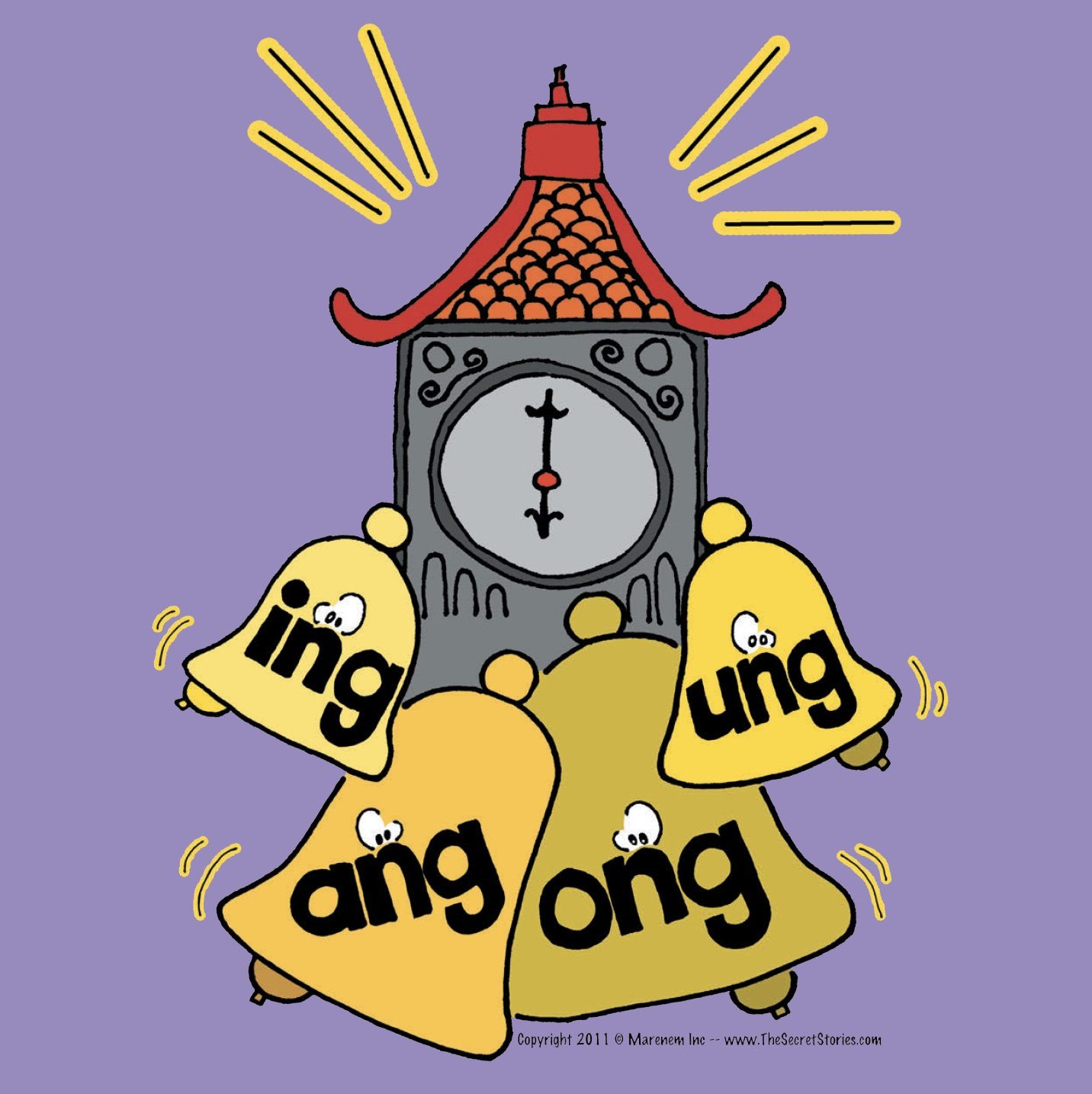
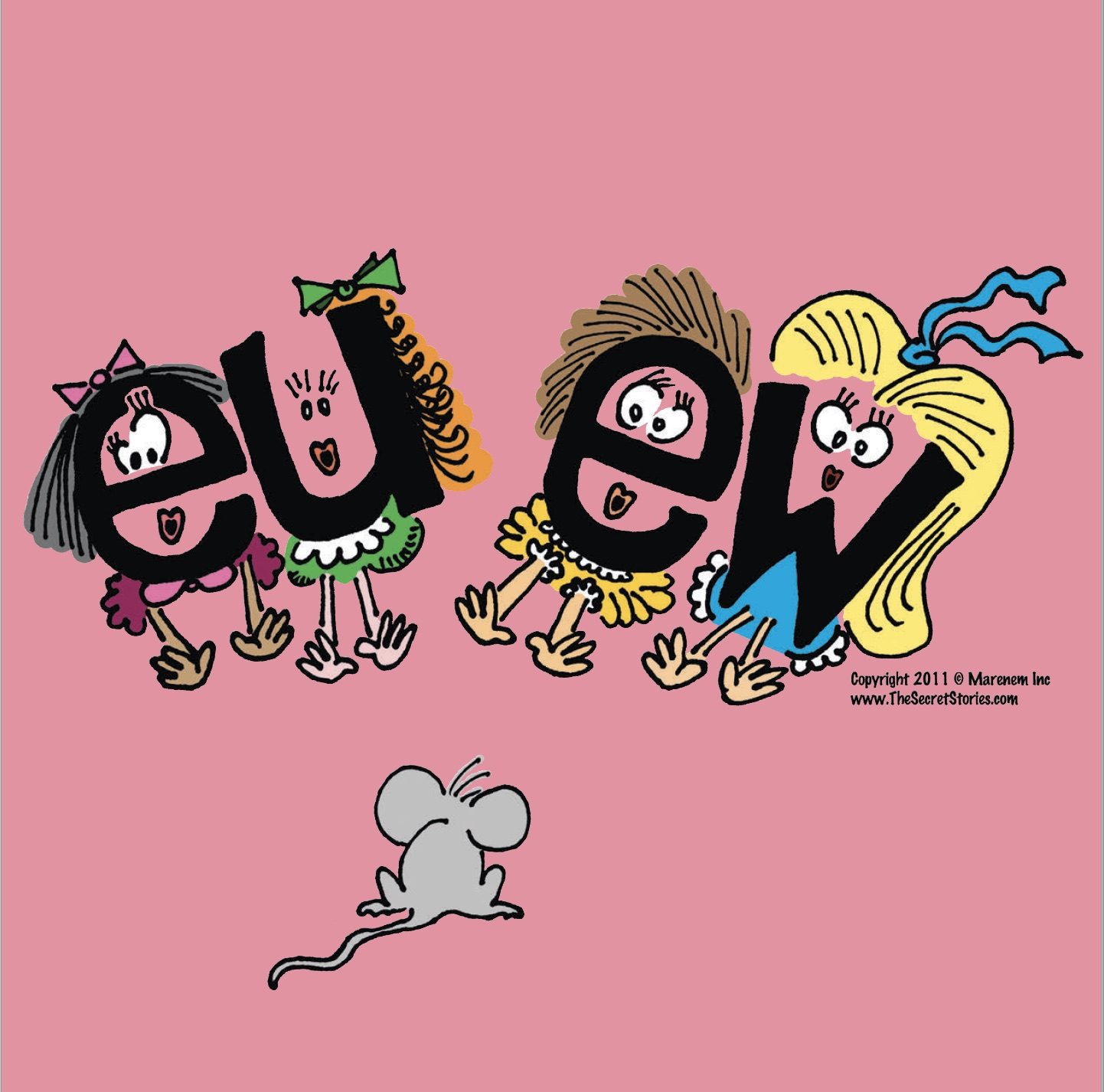
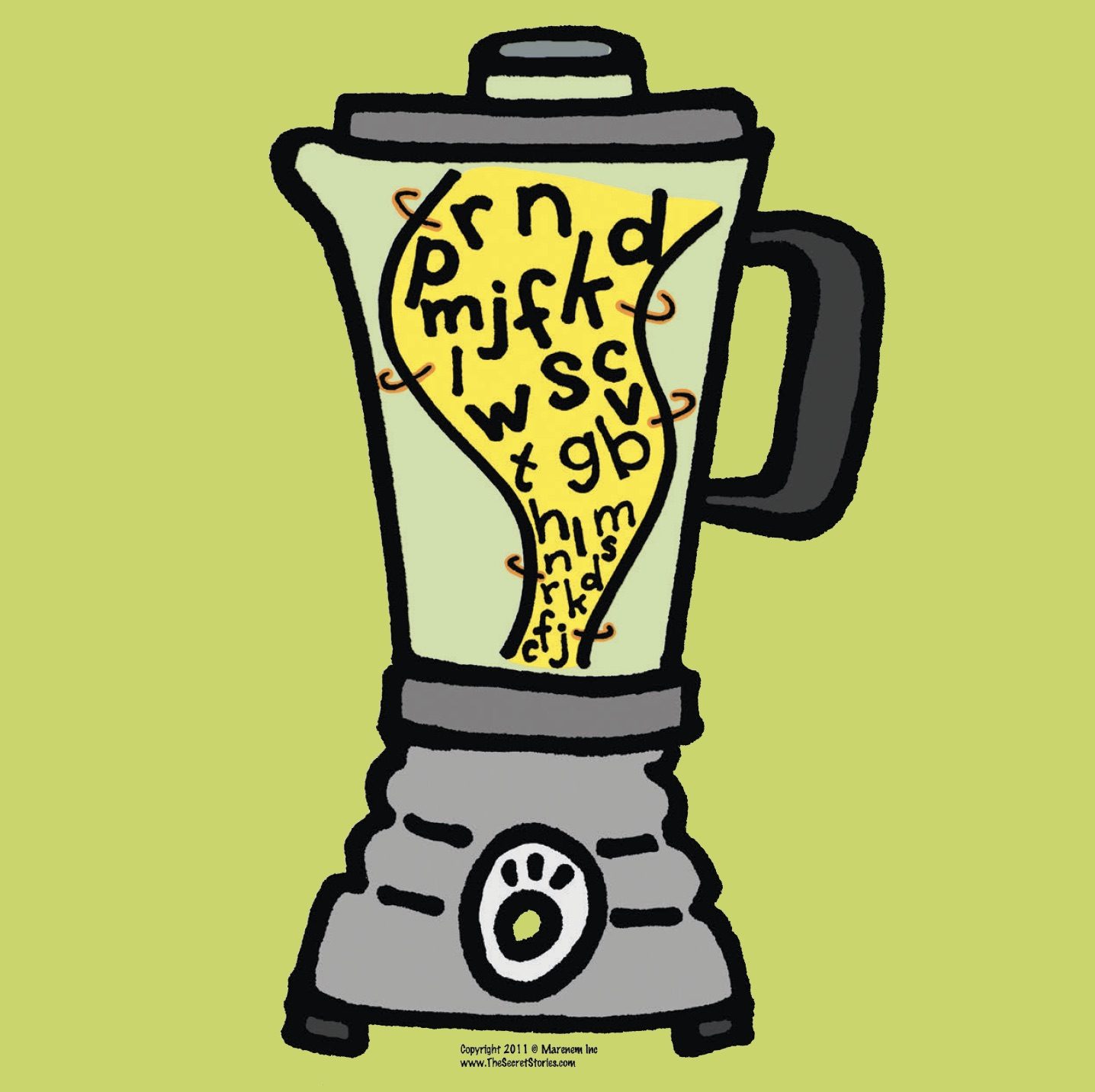
In the lunchroom, kids even sing the “Better Alphabet Song” at the lunch tables! One kindergarten classroom sang “Happy Birthday” to their teacher on her actual birthday with the letter sounds instead of the real lyrics! (You can see the “Letter Runs” song here sung to the tune of Star Wars, as you can sing it to any tune the kids like!) Secrets are always there, always teaching.

To close, I thought I might share some of the messages I received after Katie came and trained our teachers to get them started. We have had a few collaboration sessions on how to implement what she taught us, and since then, I’ve received some of the following messages from other teachers in other schools in my county who I’ve helped implement this amazing tool….
“You can hear Secret Stories all over our building!”
“Everybody has embraced the Secret Stories and they use them every single day….singing ‘The Better Alphabet Song’ and sharing Secrets, decoding their names and every word they see. They love it!”
“I’m so thankful you introduced this [Secret Stories] to us! Thank you!”
“They [Secret Stories] are so easily incorporated!”
“I love it so much! Thank you!”
“When I’ve been testing my kids on letter sounds, they use the sound cues to remember the short vowel sounds (short & lazy) and their [superhero] arms for the long vowel sounds.”
“Best part of my day is walking down the K-2 hallway and hearing the kids singing ‘The Better Alphabet Song!” Thank you so much for bringing this to our county!” –Principal
And my absolute favorite was from a collaboration session with teachers about how using Secret Stories is going in their classrooms, now that they’ve had a chance to get started, and it’s from veteran kindergarten teacher, Deanna Bailey:
“When Katie came and showed us those writing samples, I was really intimidated! I’m just going to be honest. I thought, there is no way I am going to get my kids there by the end of kindergarten! BUT…after using them in my room with my students, I can now say to anyone who feels this way…. ‘The intimidation needs to go down and the expectations need to rise up…a lot!’
What a testament to the power of backdoor learning with the Secret Stories! Expectations are rising in Wyoming County, and with them, our reading levels, test scores, and most importantly, our enthusiasm for reading and writing!
THANK YOU THANK YOU THANK YOU Amy Mitchell!
I have nothing at all to add to your wonderful post, except to share a the two videos, below. They were taken at the district workshop that you mentioned, and I wanted to include them with your post because they bring to much the excitement that you shared about working with your students. I loved watching them, and I especially loved reading about all of the wonderful things that are happening in your district, particularly the point Deanna in regard to shifting our mindset about what kids can do, and when they can do it! That’s really the only “tricky” part of using Secret Stories®…..to change the way you think and allow the brain to do what it does best…. which is to MAKE SENSE of what being learned. Simply put, that’s all Secret Stories® do— they make PHONICS make SENSE, so that you can get on with the real reading and writing FUN!
Addendum to Original Post
If you follow @TheSecretStories on Instagram, you might have seen the post below, but it’s worth sharing here, just in case! It was originally posted by Brandie Kennedy @DeepInTheHeartofFirstGrade. 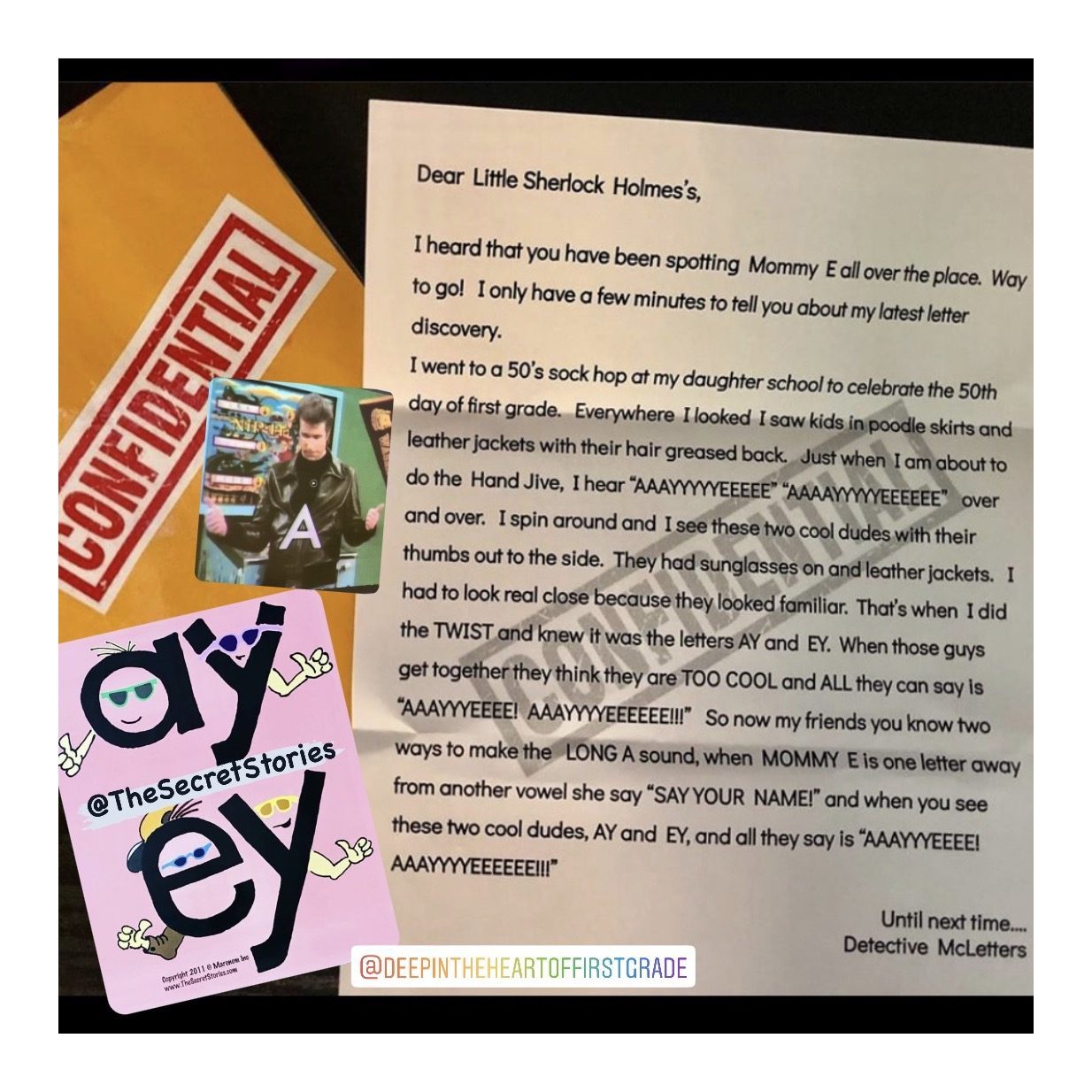
We decided to add a twist to our Secret Stories® fun! When learning about different sounds, we receive a mysterious letter from “Detective McLetters,” who is always on the hunt for letters and the sounds they make!
We play the “Mission Impossible” music, and the kids know that there is a letter hidden somewhere in our room! Then we read the letter to learn the Secret Story that Detective McLetters has discovered! Today, we were introduced to the ‘two cool dudes,’ AY & EY! We also learned who Fonzie was as well for reference.👍🏽 —Brandie Kennedy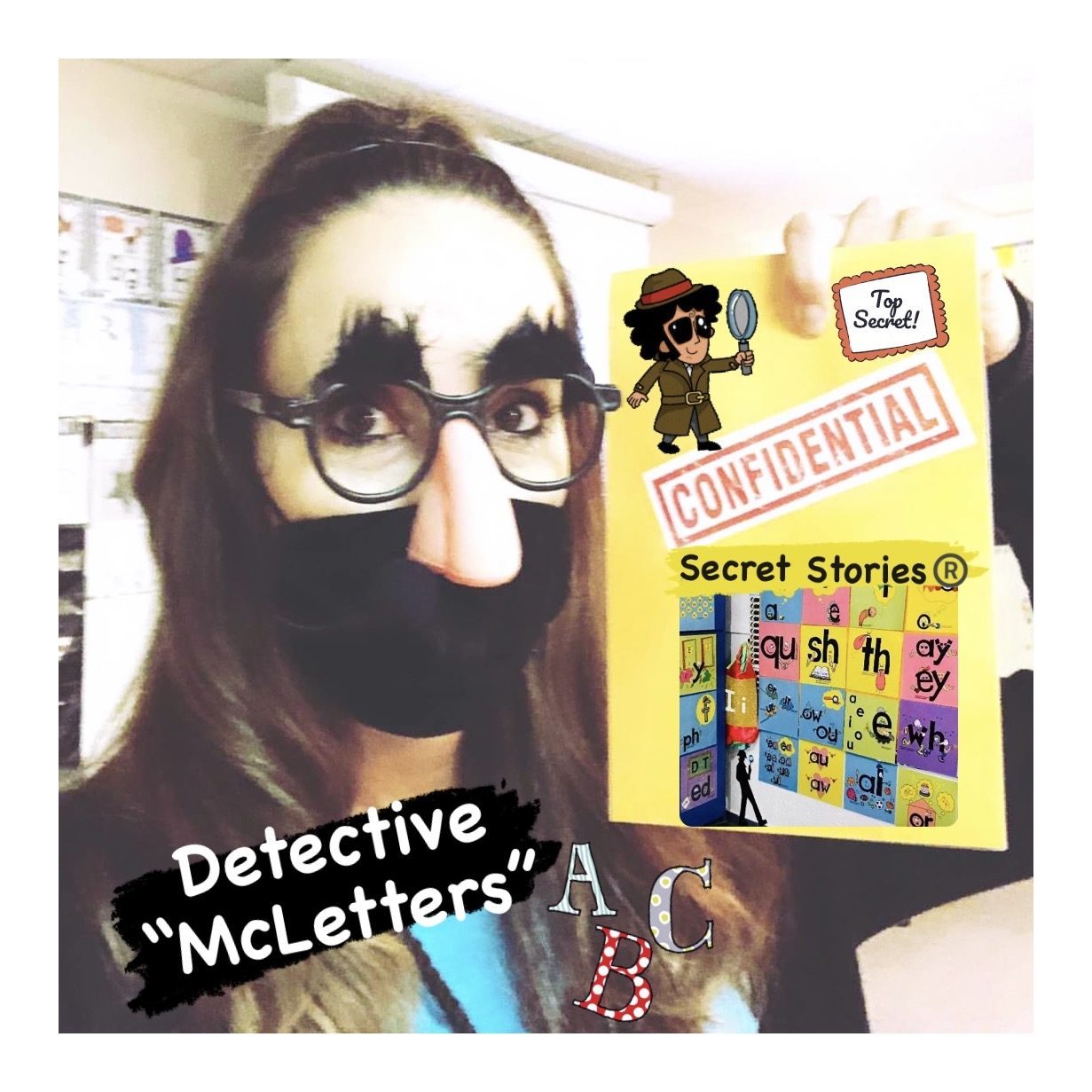
I hope to be able to share more from Brandie soon!
When Kids Can’t READ the Reading Program
Fast-Tracking the “Too-Slow” Pace of Traditional Phonics Skill Instruction
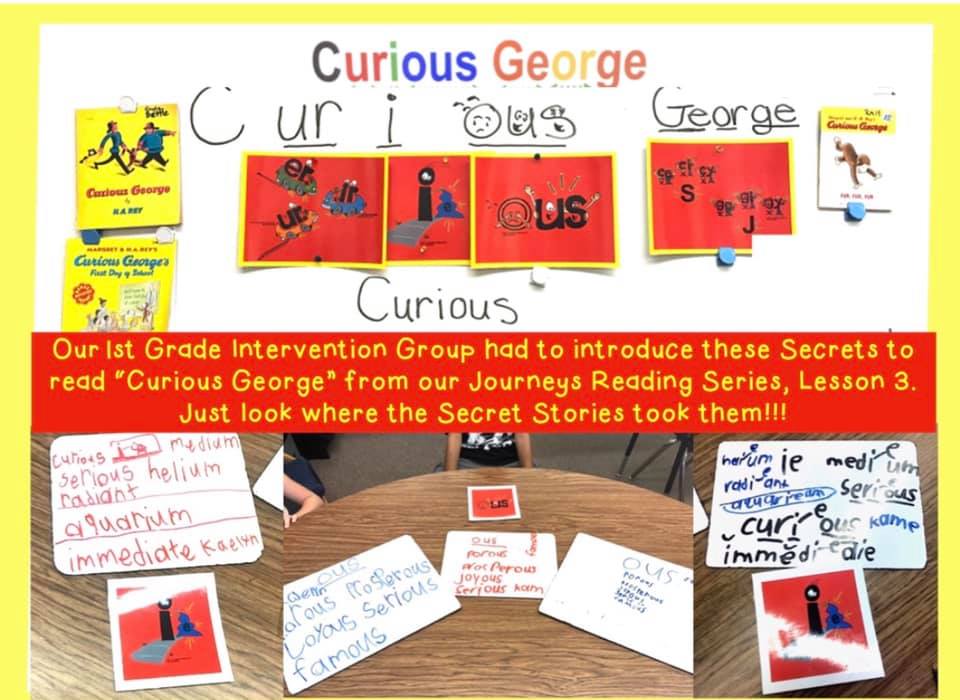
If you’re frustrated with your reading program and the intractably SLOW pace of phonics skill instruction, or, if you are feeling overwhelmed by all of the sight words that kids have to memorize because they can’t read them, then you are in for a real treat!
I want to introduce you to one of my favorite teacher friends, Tara Settle, who just happens to teach in my home state of West Virginia, and who I met while doing a phonics workshop for the Wood County School District in Parkersburg, WV. If you follow me on Facebook Page, Instagram, or Twitter, the name might sound familiar, as I often share peeks into Tara’s classroom.
Tara and her first grade students actually came up with a brilliant tool to help Secret Stories® Word Doctors all over the world whenever a vowel wasn’t making the sound that it should (as per being a Superhero or being “short & lazy”). This add-on, Secret “default” is called the “Head-Bop” Trick, or “Thinking Vowels” strategy, and it helps kids decode those otherwise “non-decodable” sight words in Journeys (and other) Reading Programs, like: of, was, what, want, love, come, done, some, around, among, about, nothing, etc…
I love sharing insight from Tara’s classroom because she really “paints a picture” of not only of WHAT she does, but HOW and WHY she does it….and teachers really need all three if they are to make strategies their own!
For who are teaching first grade and using the Journeys Reading Series, you are really in luck, as that’s the catalyst for Tara’s post, below. For everyone else, regardless of whether you teach kindergarten, first or second grade, and no matter the reading series (or phonics program) you use, you will see that Tara’s situation likely mirrors your own. The reading “programs” don’t give kids at the early grade levels access to the phonics skills they need to read most of the words that are in them! However, your reading series IS the perfect “playground” for your kids to enjoy flexing their reading and writing muscles with the Secrets!
And so, it is my pleasure to introduce you to Tara, who has not one, but TWO sets of Secret Stories® Flashcards! (You will see why as you read on!)
(From this point on, Tara’s words are in black, and my commentary will appear in red.)

My name is Tara Settle, and as Katie said, I live in Parkersburg, West Virginia, and have taught for a total of 29 years. Having had the privilege of being a stay-at-home mother for my four children, I chose to educate them through homeschooling. It was a wonderful adventure for all of us! Both of my two sons had reading disabilities, and I searched high and low for ways to help them become more proficient in this overwhelming process. We persisted, they overcame, and today they are successful readers.
Fast forward to teaching first grade in a 90% low-socioeconomic status, Title 1 school. I encountered so many of the same struggling readers as my sons. And so I began my online search one summer, determined that there had to be something “out there” that could help my students.
Enter Secret Stories….
The Secrets have changed my teaching career and the reading lives of all my students, who often come from homes with no previous help or reading “lap” time. The first year I used Secret Stories, I realized that it wasn’t your typical “phonics program,” as it worked like nothing I’d ever seen before. When my students understood that Sneaky Y® made 3 sounds, they were able to read words at the beginning of the year that my previous year’s class struggled with until the end. I was convinced that this multi-sensory, neuroscience based way of “cracking the reading code” was exactly what I had been searching for my entire teaching career. Every year, Secret Stories proves to be an approach that truly works for all readers!
One more thing…if you use Journey’s Reading Program and have found the online interactive “Settle On In” Blog for your students, that’s me! I created this free resource for teachers to use with their classes, so be sure to search for your weekly story there for free and safe resources for your class.
Journeys Reading Series/ Phonics Program
Week 1- Sight Words: play, the, with
I borrowed your ladies sunglasses idea that was posted on the Secret Stories Facebook Page yesterday when introducing “ey/ay” with our Journey’s Reading Series/Phonics Program, week 1 sight word, play. I sent the pig picture out to all my parents in a platform called Seesaw so they could have a (fingers crossed) dinner time conversation about our new Secret. I wouldn’t normally include a picture of the Secret, as per copyright, but I thought this might be a good way to introduce Secret Stories to my parents, as usually I will say, “Ask your child to tell you the Secret about ay/ey that we learned today, and see if they can tell you some words that it’s in.” (I thought that this one should be okay since it has a cute pig in front of the picture— Lol!)
I love the way Tara includes her parents by letting them know to ask to hear a Secret! This is a great way to keep parents in the learning-loop while at the same time, establishing kids’ “ownership” of the Secrets. And while you can’t copy or reproduce any of the Secret graphics or text to send home, you can use the Porta-Pics to give kids access to the Secrets at-home, as well as for individual use in the classroom. They are a little over $2 a piece, and when laminated, they should last 2-3 years, so they can be checked out to each new class. You can also get more ideas on how to share Secrets with parents here.

I got out my apron so that I was ready to greet my class today. They have to tell me the Secrets and read the words to enter our classroom! Luckily, they all remember the Secrets!!
The small cards seen in Tara’s apron (which she had specially made) are the cut-apart cards from the back of the Secret Stories® Book, although she also uses flashcards in the top pocket, which you will see a bit further down.

Journeys Reading Series/ Phonics Program
Week 2- Sight Words: no, find, sing, funny, they, do
Below is a pic of my sight word review/follow up for today. These are words from our first grade Journeys reading series.
It’s ironic that Journeys scope and sequence for first grade (like most all other reading series/phonics programs) doesn’t introduce the phonics patterns that are needed to actually read these words until the end of first and/or second grade! And yet, when using brain science as a road map to tap into the backdoor learning channels, kids can have them in preK! Don’t believe it? Click here!
Here is a picture of today’s sight word review. These are words from the our Journeys series. Knowing the Secrets means that we don’t have to waste time memorizing sight words, as we can just read them. Note that the words find and do require kids to think like word doctors, which you can read more about here.

Journeys Reading Series/ Phonics Program
Week 3- Level B Reader, Curious George
Curious George is the Journeys Lesson 3, Level B Reader, and it contained 17 words that my students couldn’t read without Secret Stories. Without these Secrets, they wouldn’t have even been able to decode the title! When you stop and think about it, it truly is mind-boggling, and it makes me so mad on behalf of these struggling students! I seriously wonder how other Journeys first grade teachers in Title 1 schools or with ELL learners use this series without Secret Stories.
It is ironic that the reading series requires that learners be able to read words that contain phonics skills not yet taught. Nor will they be for what is often another one or two more grade level years.

The kids also had to sing this Secret to me to enter the room, since you can’t read “George” without it! I used the 6×6 flash cards on my apron (instead of the smaller cards from the back of the book that I usually use) so that they could see the letters better.

The picture I am sending is of the words from the two leveled B and C readers that I will be reviewing today so that the students continue to see the connection between Secrets and the words in our stories. As an aside, I love having the extra set of space-saver posters, as they are just the right size to put up on my magnetic board next to the words they are in!

Below is a picture that I posted on Facebook that combines the two pics above. I love how Tara is constantly modeling how to use the Secrets to unlock the words they are reading, not just in these stories, but in text experiences throughout the entire instructional day— from math to social studies. In the hallways, on bulletin boards, even on the lunch menu in the cafeteria, Secrets are always there….always teaching. (As one little first grader in Mrs. Mac’s Class said, “I can’t turn it off! The Secrets are EVERYWHERE…. and I just keep reading them!!!!!”)

Journeys Reading Series/ Phonics Program
Week 4- Level C Reader, Lucia’s Neighborhood
All of the following are from our Journeys level C reader, Lucia’s Neighborhood. They had to read the word fire on my apron when entering the room this morning. This will be my introduction to the word “firehouse” in my level C vocabulary reader for guided reading this morning. (Not to mention the word firefighter, which is also in this story, and yet without the Secrets, would be virtually impossible for most beginning first graders to read!)
A word like fire requires knowledge of the phonics rule about silent e….. or, in Secret Stories-terms, the Mommy E® Secret! (If you don’t know it, it’s super-easy, as is Babysitter Vowels® which explains what happens when “mommy just has to get out of the house!” to read/spell multi-syllabic words like making, motor, etc… You can them both here!)


In order to read the word Lucia where /a/ is making the schwa (“uhhh”) sound, I remind the kids about the “Thinking Vowels” who can’t make up their minds whether to be long or short, and so they bop themselves on the head as they say, “Uhhhhhh?” You will see that I code “thinking vowels” with a dot for where they smacked their head. (I usually ask the kids to look for the Secrets they see in the words and then underline them.) Once again, just look at how many Secrets are in the title! I truly have no idea how I used to teach reading before Secret Stories!
When teachers say that Secret Stories® “changed the way they teach,” or that they “couldn’t go back to teaching without them,” it’s because things that used to be “so hard” are now so easy! Like, for example, helping beginning readers figure out the words in the title of this book—especially when the reading series or phonics program hasn’t yet introduced the skills they need to do it! Many of these patterns aren’t “supposed” to be taught until second grade, which is way too long to wait, especially if you need them to read and write beginning in kinder! Just think how many reading and writing opportunities are lost on kids who don’t know the Secrets, from kindergarten to second grade. And yet, they’re so easy, you can share them with pre-schoolers!

Below are the Secrets they need to read the sight words in this lesson. Notice that like in the word Lucia, we can use the same “Thinking Vowels” trick that we used to read Lucia to read the sight word does.

Teaching Reading & Writing Connections with Secret Stories
My team teacher, Mrs. Buckley, did a word work writing activity with our first grade enrichment group. We split our classes so as to better meet the needs of each or our groups. You will see more from Mrs. Buckley further down, below.
I love the way Tara and Lisa model use of the Secrets by “twisting and turning” them for both reading AND writing. This is so important in helping beginning grade learners understand the inherent reading and writing connection. Many early grade learners don’t realize that the same letter sounds that help them read words are equally powerful in writing them. Adding Secrets to the mix accelerates this otherwise slow learning curve, as the Secrets give them something beyond just individual letter sounds to read and write with!
Journeys Reading Series/ Phonics Program
End of Week 4
So far, these are all of the Secrets that I have introduced by the end of today, beginning of Week 4, Journeys program. I teach the Secrets, as we need them, to read the words that we encounter, not only in our reading series, but throughout the instructional day.
I love this! Why make kids memorize words when they could just learn the Secrets they need to read them? When you memorize a sight word, you get “one word” as your prize. When you learn a Secret, you get “thousands!”

Journeys Reading Series/Phonics Program
Week 5- Level D Reader, Gus Takes the Train
Here is what I have on the board for Monday next week, which is from Journeys Lesson 5, Gus Takes The Train. I will also be introducing /ation/ for station. We pretend to pull the train whistle while saying the /a/ and then do the /tion/ motions on the card.
Here is the Secret mentioned above, as shown in the new “Decorative Squares” poster set.

This will occur when someone uses the vocabulary word “station” during the week. Singing the song “Down by the Station” also reinforces this Secret Story. I also teach them the song “I’ve Been Working on the Railroad.” After singing it throughout the week, they will be given a copy of the text to highlight the Secret Stories they find in it. Then we read it together and sing it together from their highlighted page. They love it!
As in previous lessons, we first look for the Secrets we need to read the title, which you can see in the first picture below.

It happened!
We used the train sound today and /ation/ because we had to say “train station” in our read-aloud! Woo-hoo!!!! The class helped me make this track and we now enter and leave the room to the /ch/ sound, and then as we gain speed, it becomes the /tion/ sound. Of course, we have to pull the train whistle for /a-tion/ too! (Notice the “partially pink” railroad track? That’s because we ran out of black tape— Lol!)
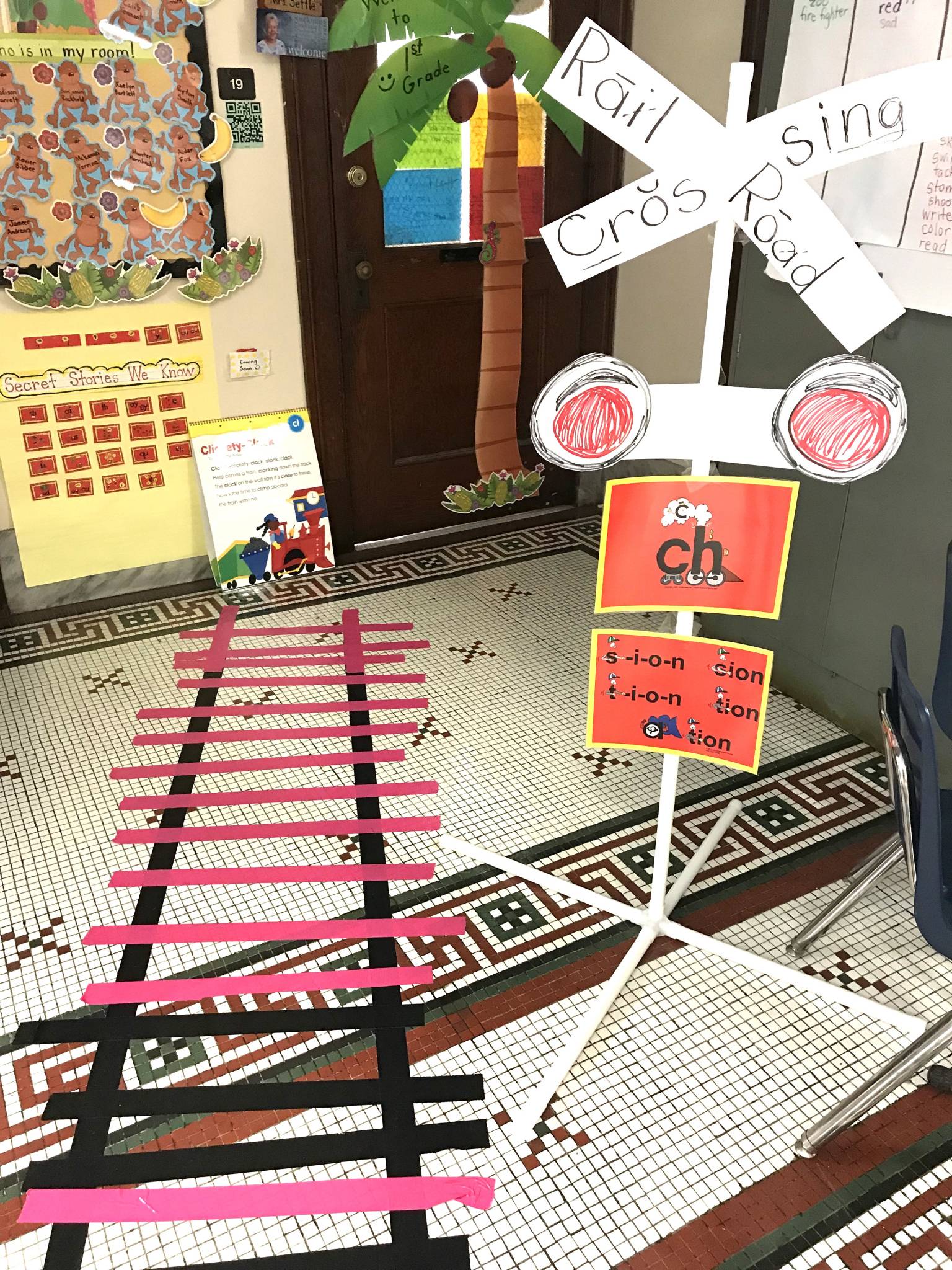
Now we find the Secrets that help us read the sight words introduced in Journeys Reading Program, Lesson 5.

It’s so much fun to go on Secret Stories “hunts,” which is where kids try and see who can find the most Secrets on a page or in a book! This is fun to do in whole or small group, and is also a great way to increase learners’ visual acuity for quicker pattern recognition in text. They kids love spotting Secrets! And every time we find one, I reinforce how knowing the Secret helps us to figure out the word.

I really don’t “plan” which Secrets to teach beyond looking at the sight words and text in the main selection and leveled readers. There are so many opportunities to introduce almost all of the Secrets quickly. Since my first graders have been exposed to the Secret Stories in kindergarten, I have lost some of the element of surprising them with new ones. That is why, at this point, I feel comfortable putting up the cards to discuss with our new sight words, as it’s not the first time the kids have heard them…and it certainly won’t be the last!
Of course, we are always discovering new Secrets in words from our read-alouds, discussions, and writing blocks. One of the reasons that I put Secrets up with the text is to reinforce the connection between Secret Stories and reading. Students need to understand that the Secrets are the keys they need to unlock words. Secrets are power—the more they know, the more they can read and write! And they are everywhere, in all of the words that we come across each day.
I know this sounds like it should be an easy concept for my class to comprehend, but some can take longer to connect the dots than others. All of the kids know the Secrets, but it can take some longer than others to start applying them, which is why I take every opportunity to model using them whenever and wherever we are working with text.
I plan on introducing the /ch/ Secret this week with our story about trains.It seems appropriate, especially since its “default” sound is depicted as a “conductor” on the Secret Story poster! I’m not sure what word will trigger our “discovery” but am sure it will occur during this week.
And for those who don’t know the /ch/ Secret, check out the story as shown on the reverse side of the new Secret Stories® Flashcards, shown below. They have the Secret graphic on one side and the story text on the back.
The NEW “Decorative Squares” Phonics Posters

And for those who don’t know the /ch/ Secret, check out the story as shown on the reverse side of the new Secret Stories® Flashcards, shown below. They have the Secret graphic on one side and the story text on the back.

Secret Stories Phonics Flashcards

My teacher friends wanted you to see how excited they are to gets the flash cards! ❤️

Hands-On Learning with the Secrets
I also wanted to point out that this is the first year I have been able to have the Secrets right beside our sight words on the whiteboard. The new phonics flashcards put the Secrets right into our hands! They are no longer just on our walls in the big poster size, but have now “come down” to interact with us during our learning discussions.We have them in our hands at stations, during guided reading groups, intervention groups, on the board beside the text, in line playing games while waiting, and so much more. Between the new flashcards and the Dual-Use Placards (which I bought at the end of last year) the Secrets are now both on AND off the walls and interacting with our daily learning!
I also wanted also share this quick parent video that made and send to parents using SeeSaw. It’s a great way to keep parents in the “Secret” learning loop!
And here is one that I sent home about our upcoming sight words.
Tara Settle, 1st Grade Teacher
“Settle on In” Blog
Reading Intervention Isn’t Just for Struggling Readers
Lisa Buckley- First Grade Teacher (at Tara’s school)
How can the “Secrets” help more capable readers? In our district, reading intervention can refer to higher-level students who need more challenging reading opportunities, as well as to those who struggle.
Even capable readers get curious at times about why the letters do what they do. In my enrichment group we’ve pondered questions such as, “Why does /eigh/ say “ā” and why isn’t it spelled /ay/?”
We also discuss words like sleigh vs. slay, and how the Secrets help us attack these words in both spelling and reading. These kids know most, if not all of the Secrets, however, they are still curious about the connection to sounds that can represent different spellings. So, we have been using the Secrets intensively to study multi-syllabic words, while looking for multiple Secrets in the words. This helps with both fluency and comprehension when reading more difficult text.
In addition to the Curious George “word work” pictures from my enrichment group shown higher up above, you can see in the pics below how many words the kids found that had the Secrets about /ous/ and /i tries e on for size/.

My immense thanks to Tara, as well as her teammate, Lisa Buckley, for taking the time to share how Secret Stories® phonics instruction amplifies their reading/phonics program and gives kids “warp-speed” access to the tools they need to read and write! I can tell you that when I last left their school, these two were in the process of creating a “green room” in which to film a Secret Stories® Yoga video (I kid you not!) that kids could do during literacy center rotations. I can’t even imagine what this would look like, but I promise to let you know as soon as I find out!
In the meantime, I want to share this picture of Tara in her famous apron, as it’s one of my favorites because in it, I describe how she literally turns herself into a “walking, talking, AND singing Secret Story every morning!

In closing, I want to let you know that I will be spotlighting different teachers for different reasons in upcoming posts, and hopefully, adding some good stuff to your “Secret” bag of teaching tools and tricks!
On that note, I would love to hear (and see!) what you’re doing with the Secrets in your classroom….I would love for you to connect with me on Facebook, Instagram, Twitter, Linkedin, Youtube, or by email! I’ve tried to make sharing what you’re doing in your classroom with the Secrets super easy by adding an upload link for sharing pics and vids to the Secret Stories® website here. (You will also find it at the bottom of the home page on the Secret Stories® website.)
And on that note, I also wanted to highlight Melissa Snyder for her “creative cutting” of the Secret Stories® Original Posters as she seems to have started a trend! (That is, for teachers who are artistic enough to trust themselves with the scissors—not me!)

Check out her clever-cutting of the Secret poster for eu/ew (mouse ears!) as well as /”i tries e on for size!”/ below. I also loved her Sneaky Y® and the Superhero Vowels®! If you don’t already know all of these Secrets—including Mommy E® and Babysitter Vowels®— you can learn them all here!



Until Next Time,
Katie Garner :-)
What Dyslexia Isn’t…
As promised, I’ve asked reading specialist, Heather Vidal, to come back and shed more light on dyslexia, what it is, and more importantly, what it isn’t—despite the common misconceptions. If you are a new subscriber, or if you missed Heather’s previous guest post about how she uses Secret Stories® in conjunction with Orton-Gillingham to meet the needs of her dyslexic students, you can read it here.
I would like to preface Heather’s post by addressing the recent debate on use of the term “dyslexia” and its efficacy as a diagnosis for struggling readers, along with the International Dyslexic Association’s definition of dyslexia—
“Dyslexia is a specific learning disability that is neurological in origin. It is characterized by difficulties with accurate and/or fluent word recognition and by poor spelling and decoding abilities. These difficulties typically result from a deficit in the phonological component of language that is often unexpected in relation to other cognitive abilities and the provision of effective classroom instruction. Secondary consequences may include problems in reading comprehension and reduced reading experience that can impede growth of vocabulary and background knowledge.”
Dyslexia and the Brain
A diagnosis of dyslexia can help to shed light on a reader’s struggles and identify the best form of intervention. There is a wide gap between what we know about the brain and how we teach kids to read, and that the most critical variable in effective K-2 literacy instruction is early intervention by way of teacher knowledge and expertise.

It is vital that teachers know about and understand the brain science so as to properly align instruction with the basic tenets of brain based learning, particularly in regard to what research shows is the weakest link in our reading and writing instruction—teaching phonics.
A Guest Post by Heather Vidal, Orton-Gillingham Reading Specialist
Katie has graciously invited me to share more about what dyslexia is (and isn’t!) and why the Secret Stories® method works within a curriculum for dyslexic students. You can read my other post here) As a reading specialist, private tutor and curriculum developer who works specifically with dyslexic students learning to read, I often get questions about what dyslexia is, but it’s actually easier to explain what Dyslexia is not.
What Dyslexia Is NOT
- Dyslexia does not mean that students read entire words or sentences backwards.
While some dyslexic students do flip letters and transverse words, this is not the only sign of dyslexia, and some dyslexic students don’t do this at all.
- Dyslexia is not a sign of low IQ.
In fact, many children diagnosed with dyslexia are found to have higher than average IQ’s. Dyslexia is not correlated with IQ, but a difference in the way a dyslexic person’s brain works.
- Dyslexia cannot be outgrown.
With the proper instructional approach, students can become excellent readers. However, this does not mean that they no longer have dyslexia.
- Dyslexia is not rare.
While numbers vary, the International Dyslexia Association has found that between 15-20% of people have some degree of Dyslexia.

Using Secret Stories® to Fast-Track Orton Gillingham Instruction
So what does all this have to do with Secret Stories®?
At one of the first trainings I took regarding the Orton-Gillingham approach, the trainer explained dyslexia like this—
“Imagine comparing a page of text to a brick wall. An efficient reader can see the mortar in between each brick (letter sound) and the different color variations that each brick possesses (the possibilities of letter sounds). If you were dyslexic, you would know you were looking at a wall, but segmenting each brick would be very difficult.”
Dyslexia can manifest in many ways, but all of these ways come back to students having difficulty reading and spelling (and most often, segmenting words into individual sounds.) Since dyslexia is classified as a neurobiological learning disability, the best way to help dyslexic learners is to utilize instructional methods that are compatible with the way the brains works.
Dyslexia is classified as a learning disability that causes students to struggle with fluency, word recognition, and poor decoding and encoding skills (Lyon, Shaywitz, & Shaywitz, 2003, p. 2). Seventy plus years of research has shown that the best way to help dyslexic kids learn to read is to employ a multi-sensory, phonics and linguistics based approach to reading instruction that offers continuous feedback.
All of these tenets are compatible with Orton-Gillingham and Secret Stories approach, but using the two together (in my opinion) is the best way to help students with dyslexia learn to read well. Secret Stories activates the brain’s earlier-developing social and emotional systems for learning (i.e. the brain’s “back-door”) and provides students with meaningful connections to all of the foundational phonics skills covered in an Orton-Gillingham based curriculum.
Differences Between Secret Stories® and OG
When speaking with Katie a few days ago, she shared some of the questions she receives from teachers asking about the differences between the Orton-Gillingham and Secret Stories methods, so for those who are interested, I’ve made this handy chart of the two reading/phonics programs/tools.
 Hopefully this helps clear up some of the differences, but if you have any questions, please send them my way— TreetopsEducation@gmail.com. You can also check out my Teachers Pay Teachers Store here.
Hopefully this helps clear up some of the differences, but if you have any questions, please send them my way— TreetopsEducation@gmail.com. You can also check out my Teachers Pay Teachers Store here.
By applying a brain based approach to reading instruction through the combined use of these two powerful teaching tools, teachers can reach not only dyslexic students, but all students who struggle with learning to read—providing more meaningful (and fun) ways to learn!
For more information about dyslexia, visit The International Dyslexia Association.
Heather MacLeod Vidal is a Orton-Gillingham certified reading specialist and curriculum writer for Treetops Educational Interventions in St. Petersburg, Florida.
References
Lyon, G.R., Shaywitz, S.E., & Shaywitz, B.A. (2003). Defining dyslexia, comorbidity, teachers’ knowledge of language and reading. Annals of Dyslexia, 53, 1-14.
I am so grateful to Heather for taking the time to share her insight and expertise! If you have any questions or comments for Heather, you can leave them in the comments below and she or I would be happy to answer them.
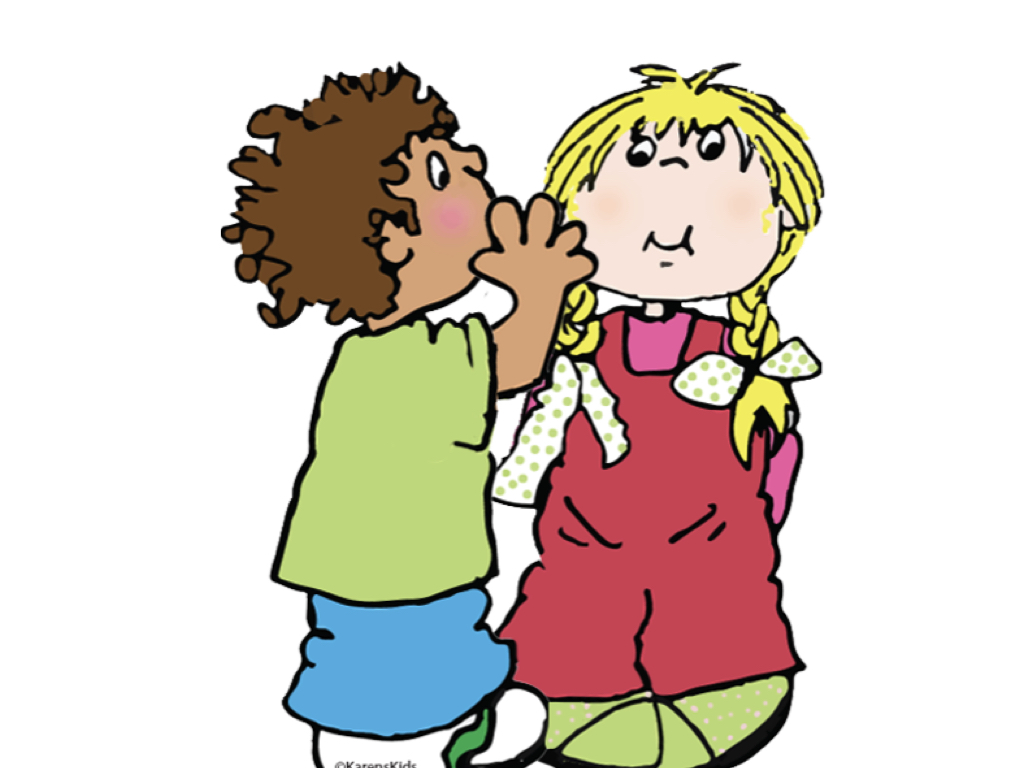
Learn the “Secrets” About Orton-Gillingham Phonics Instruction
I receive so many questions about whether or not Secret Stories® can be used with Orton-Gillingham phonics instruction, and if so, how.
If you’re familiar with or already use Secret Stories®, then you know that it is not a phonics program, but an “accelerant ” used to fast-track access to the whole code that kids need to read and write—and from the earliest possible grade levels! The Secrets are like “steroids” that pump-up your existing reading curriculum and/or phonics program to make the learning go “warp-speed!” Not more reading instruction, just better and more efficient, as the Secrets are always there….always teaching, and always ready for use to read and spell words! (This was the focus of my previous post, which you can read here.)
Orton-Gillingham phonics instruction, like Secret Stories®, is a multi-sensory approach to reading. I love seeing the two paired together, as they are a reading “dream-team!” They compliment each other beautifully, with Secret Stories® fast-tracking learner access to “high-leverage” phonics skills that can otherwise take years to acquire; and Orton-Gillingham providing an optimal reading and writing “playground” on which kids can use them! (This combination is especially effective with dyslexic learners and other struggling readers.)
Heather MacLeod Vidal, a learning specialist and curriculum writer from St. Petersburg, Florida, is an expert in Orton-Gillingham phonics instruction, and has been incorporating Secret Stories® into her OG lessons for years. I’ve asked her to share her insight and ideas here.
Orton-Gillingham and Secret Stories®
Greetings from sunny Florida!
I am so excited to write a guest post for Katie because I LOVE, LOVE, LOVE Secret Stories. You see, I work as a reading specialist in a fabulous school in St. Petersburg Florida, and I actually write my own Orton-Gillingham phonics-based curriculum to help meet the needs of my kiddos.
For those of you that aren’t familiar, Orton-Gillingham is a multi-sensory approach proven to work with students struggling with reading, writing, and spelling. It is primarily suggested for students diagnosed with Dyslexia (which some numbers put at 17% of the population!). Here’s the thing though….sometimes, working with the same approach every day can get a little bit stale for students. This is where Secret Stories comes in!
As a reading specialist, I have the amazing luxury of seeing students in a one-on-one environment, so I scaffold all of my lessons for each student. The amazing thing that I have found about Secret Stories is that I can jump around and hit the Secrets as they align with my Orton-Gillingham phonics instruction lesson plans.
This means that when we cover open syllables, I don’t have to teach “vowel y” anymore. Now my students know the Secret Story about Sneaky Y®, the “sneaky cape stealer of e and i!”
Click to view the above Secret Stories® Phonics Flash Cards
(w/the Secret sound picture on one side & the story on the other!)
We act it out with pillowcases that have Sneaky Y® with /e/ and /i/ felt letters glued to them. My students can get into the role by simply clothes-pinning the correct cape to their shirt as they read a given word.
 |
|
Sneaky Y® Capes (For another cute “teacher-made” idea for Sneaky Y® storytelling with and hands-on fun, check this out!) |
When it’s time for Secret Stories Mommy E® to make her debut, my hair goes up in a bun and my glasses are placed promptly on my face. My students love how insistently I ask them to speak up and “say your name”, and I love that they remember the Mommy E® rule!

|
|
Secret Stories Mommy E® tells any vowel that’s one letter away, “You Say Your Name!” |
You see, this type of multi-sensory activity is precisely what Orton-Gillingham phonics instruction is all about. Without getting too technical, in order to build connections (known as “synapsis”) in the brain, we need to provide students with meaningful ways to remember a given skill. The more meaningful, the more connections, and the more the learning will “stick!”
You can repeat yourself 50 times, but if it is not in a way that is meaningful to your student, they still might not remember it! I promise you, your dyslexic students are much more likely to remember a skill if they have something special to connect it to!
Here’s the thing though, Secret Stories and OG do not have to be paced side by side. This year at my school, something really special started happening. One classroom teacher started using Secret Stories, and I saw glimpses of understanding in those students before having the Orton-Gilligham phonics instruction.
One of my kindergarteners who is severely dyslexic came to me on the day that I was planning to teach the /th/ rule in with Orton-Gillingham, and something amazing happened. She noticed that I had written several /th/ words on the whiteboard. I kid you not, my student said, “T and h are so rude to each other! They are always sticking their tongues out at each other!”
The “TH” Secret Phonics Poster /NEW “Decorative Squares” Set
I nearly fell out of my chair! This was a student who had just recently mastered her consonant sounds after months of intensive Orton-Gillingham phonics instruction tutoring. Yet, here she was, teaching me about a skill that she had already learned after hearing it just a couple of times in her class. This initial introduction in her class stuck with her so that by the time she was ready to work with me on the skill, she already had an idea of what the consonant digraph should look and sound like. And that is the magic of the Secret Stories!
This is her writing sample after just one day of explicit /th/ phonics instruction. Notice that while she still has many areas to work on, she correctly identified the /th/ in both its unvoiced (“with”) and voiced form (“the”). These connections continued throughout the year, and my students from that classroom were more prepared to tackle new skills since they had been introduced to the Secret in their classrooms.
 |
|
Kindergarten writing sample: “I go with my dad to the playground near my house.” (Click here to view more kindergarten writing, as well as first grade writing with Secret Stories®) |
Orton-Gillingham phonics instruction can (and in my opinion should) be used with Secret Stories brain based phonics stories in order to help build the neural pathways necessary for learning phonics skills. I am so glad to have found the Secret!
If you are interested in more on how Orton-Gillingham phonics instruction works with Secret Stories, I will be doing another post on this topic for Katie soon, so stay tuned!
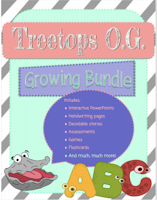 |
Guest Post by:
Heather MacLeod Vidal
Learning Specialist/ Curriculum Writer for Treetops Educational Interventions
St Petersburg, FL
I want to thank Heather for taking the time to share this, as I think it’s great information for all those wondering if and how Secret Stories® and Orton-Gillingham phonics instruction could be used together. And as Heather mentioned, I will be sharing two more posts on this topic that Heather has written for my blog, which should be posted there within the week.
And if you would like to read more about Secret Stories®, I would invite you to check out this recently published article published in the Arkansas Reading Journal, which you can download here. I am excited to be one of the keynote speakers at the Arkansas Reading Conference this October.
Until Next Time,
Katie Garner
https://www.KatieGarner.com
Kids don’t need MORE reading instruction, they need better reading instruction… and taught with the brain in mind!
Happy Summer to All of My Dear Teacher (and Principal) Friends!
I know it’s been a long time since you’ve heard from me, but like many of you, I haven’t stopped running, and feel like I am still waiting for my summer to start! That said, my mental “laundry list” of things I need to tell you has now grown SO BIG that my brain simply can’t hold any more! And on top of that, there is one that I have been bursting to tell you, but I wanted to make sure that we had all of the kinks worked out first. If you follow on FaceBook or Instagram, you have probably heard about it.
There is a new Secret Stories® website! And it is AWESOME!!! I am not just saying this because it’s my website, because it’s not…I actually made it for you! It spotlights real kids in real classrooms with real teachers, and it is my hope that it will help to shift the traditional mindsets about what kids can do and how easily they can do it when you follow the brain science!
I have heard from so many teachers and administrators (who consider themselves long-standing members of the Secret Stories “tribe”) who say how difficult it can be to explain to those who don’t know how Secret Stories takes half the time, but gets kids twice as far…. and how the Secrets “live” in between the reading and writing that you’re already doing each and every day. How its always there, always teaching.
This new website makes it easy by “showing,” rather than telling— juxtaposing traditional curriculum-based scope and sequences and sight words lists with video of actual kids, pics of their writing and real teacher commentary. This site was created by teachers, for teachers (and for their principals), and most importantly, for our kids… because they can’t wait.
To give you an idea, here is one of my favorite examples from the homepage, which is actually just a snippet from one of my favorite pages, that happens to have the same name as the title of this email— “Not More, Just Better“….
The above screen shot is actually from the homepage, so to watch the video clips, you need to access it directly, here. From there, you can dig into the scope and sequences for phonics skill introduction of the major reading series and phonics programs (incl. Wonders, Journeys, Fundations, Letterland, Zoo Phonics, etc..) through 3rd grade, and then watch preK, kinder and first graders not only using the so-called 2nd and 3rd grade skills (a.k.a. “Secrets”) to read and write, but actually teachingthem, begging the question….Why Wait?



Again, the videos above will only play from the page directly, here.
All around the site, you can explore brain science research, strategies and methods, student writing, videos, teacher and administrator perspectives, and even access free posters and other downloads, with lots more to come soon! You can also check out reasons #2 and #3 for this email, which are both new products that have been the most highly requested over the years…. flashcards with the stories printed on the back AND multi-colored posters!
So here’s a sneak peek at both, but you can see lots more on the site in the product section, which is now so well organized that it’s super easy to find exactly what you are looking for, and see lots more pics!
The 6×6 inch flash cards have the pictures on the front and the stories on the back, and are made from the heaviest card stock, but with a beautiful “magazine” coating finish that “little fingers” will love!
The 12×12 inch decorative square posters are printed in whimsical colors of blue, pink, green, lavender an yellow— which many of you actually helped to pick out on social media!
They have so many uses beyond just display, and are the perfect size for whole group Secret games and play (which you will soon be able to read more about on my blog, which is now on the new site as well, but in need of a little tweaking after the move from Blogger to WordPress.)
And for those who have older posters sets and are considering upgrading, all of the Secret Stories® poster sets can be ordered separately (as well as with the kit, which includes the book & CD). And so you know, your old posters make an awesome “big book” that kids will beg to take home and share with parents. When I was in the classroom, one of my best student incentives was my “Big Book of Secrets” (made from my old poster set) that my best “Secret-Spotter” got to take home as a reward each week. And my parents loved it too, as they got to learn all of our Secrets!
I also wanted to share my other favorite page, which I think is equally eye-opening, especially for those who don’t understand how Secret Stories® makes use of brain science to fast-track early (and struggling) learner access to the “whole” code that kids need to read and to write. It’s called “What About Sight Words?” and here’s just a bit…



I promise that there’s a whole lot more that I can’t even begin to share here, and so much more for you to explore! I hope that you will not only visit the site, but that you will kick your shoes off and stay a while, as there is so much inspiration there from so many amazing teachers and kids! And for those who’ve been a part of the Secret Stories Tribe for a while now and sent me pics or vids from their classrooms over the years, don’t be surprised if you find yourself there, as well! And if you don’t, I’m still posting, so you will soon- Lol!
And for those who are relatively new to Secret Stories, or just haven’t gotten around to sharing your Secret Stories “stories” (i.e. pics, vids, writing, etc…) now you can! I’ve made it super simple with automatic upload directly through the site, and you could win a prize! You can even use this feature to spotlight your very own Secret Stories Student STARS! I would love to share Secrets Stories moments from your classroom, so click here and join the tribe!
Finally, reason #4 for this email is to let everyone know (albeit totally last minute) that I will be speaking at the ILA (International Reading Conference) in Austin, Texas on Saturday ….as in the day after tomorrow! If anyone reading this is planning to attend (or is already there!) please shoot me an email and let me know, as I would love to meet up tomorrow night! You can check out my other speaking dates here, although many school PD and conference dates haven’t yet been posted. And if you can’t make a conference or school workshop, you can still access my interactive handout download, which you can find here. It’s the next best thing to being there! ,
Wow, that was a whole lot to share, but I feel much better now you’re all up to speed!
And hopefully, I got this out in time to actually catch some of you at ILA this weekend. If so, we will be sure to take pics and post them on Instagram, which you will be able to see (even if you’re not on Instagram) at the bottom of the homepage…. pretty cool, huh!
With Warm Wishes for a Happy & Healthy Summer!Katie
PS For those who have emailed about using Secret Stories® with your existing reading curriculum, or even a supplemental phonics program, please know that this is the ideal, as Secret Stories® is not a program, but simply puts meaning where there otherwise wouldn’t be to speed up learner-access to the code and makes the learning go “warp-speed!”
And more specifically, for those who have asked about using Secret Stories® with the Orton-Gillingham Approach (as well as with Dyslexic Learners) there will be a three-part blog post/newsletter coming out soon (hopefully late next week) on these topics, as well as one on Secret Stories® classroom games, and even a Bingo download that I know you will love, so stay tuned! And to make sure that nothing gets lost in your spam/junk folder, be sure to add me to your contact list— Katie@KatieGarner.com
Now instead of a bus driver, imagine that you are a merry-go-round operator, and the skill you are teaching is one of those pretty horses on the merry-go-round that keeps on spinning round and round. Opportunities to jump on are constant and ongoing, as it’s literally impossible to “miss” the merry-go-round!

If teachers in preK or kindergarten introduce a letter of the week, what happens when a student misses “D” week because he’s out sick? Worse yet, what if he is out for two weeks and misses both “D” and “E” weeks? What if a learner isn’t developmentally ready for kindergarten and hardly picks up any of letter sounds the letter sounds introduced that year?
When it comes to reading and writing and the skills kids need to do it, this conversation becomes critical. Traditionally, the “code” that’s needed to read and write— from the individual letter sounds, blends and long and short vowels, to the silent e/Mommy e®), Sneaky Y®, digraphs, vowel combinations and VCCV/VCV/Babysitter Vowels®— are all “chopped-up and divvied-out” for formal introduction across multiple grade level years (PreK-2nd), which means that kids simply cannot afford to miss even ONE bus along the way….not if they’re supposed to be done “learning to read” by the end of second grade and ready to “read to learn” by third.
Closing the distance on all of the “missed stops” (i.e. phonics skills) in such a short amount of time is extremely difficult and rarely happens with traditional methods of instruction. Instead, kids who missed buses along the way must learn to compensate for the “holes” in their skill ability by memorizing more sight words and becoming better guessers, as the instructional focus is no longer on teaching the reader, but on teaching the reading. Struggling readers will carry these gaping holes with them through subsequent grade levels, where they become stuck on the instructional hump between learning to read and reading to learn.
The critical skills that kids need to read and write must be banned from the bus. They belong on the merry-go-round! And if you are using Secret Stories® to underscore your existing reading curriculum and instruction, then the merry-go-round is already spinning around in your classroom, though you probably didn’t even notice it.
Every time you tell or retell a Secret, you are giving students another opportunity to jump on!
Each time you ask if there is a Secret in a word they are trying to read, or if they hear a Secret sound in a word they can’t spell, the merry-go-round is spinning…. solidifying a “deep-in-the-gut” level of skill-ownership for those who have already jumped on, while continually circling back for those not quite ready.
Using Secret Stories® to underscore existing core reading instruction makes it impossible for anyone to miss the bus because the Secrets just keep coming back— shared and re-shared, told and re-told, used and re-used— as students read and write across all content areas and throughout the entire instructional day.
By targeting phonics skills to the earlier developing, affective “feeling” domain, Secret Stories® empowers learners as young as kindergarten with high-leverage phonics skills, like Mommy E® and the Babysitter Vowels®, providing the much-needed “trigger” for determining whether a vowel will be long or short. And the same Babysitter Vowel® Secret that beginning readers need in order to decode words like making or motor, upper-grade readers can use to crack words in higher level text hibernating or migration.
And that merry-go-round just keeps on spinning— providing ongoing and never-ending opportunities for all kids to hop on when they’re ready! And hop on, they will because Secret Stories® transform the code from skills they have to learn into “secrets” they WANT to know!
Teaching phonics is not intuitive, but many things that great teachers naturally do are! Today’s educators can take advantage of the advancements in new technology and brain science to hone their teacher-instincts and streamline instructional practice.
An awareness and understanding of the brain science as it relates to best teaching and learning practices calls into question not only what we do, but also how, why, and even when we do it. It empowers us to go further— to be better, stronger and faster (think the Bionic Man!) and to hone our best teaching tools to perfection! “Neuroscience speaks loud and clear to educators, but it is up to us to heed its message!” (Dr. Kurt Fischer, Harvard University)
Finally, I want to let everyone know that I have dragged myself out of my comfort zone to learn about and become more active on Instagram. If you’re already on Instagram, you can find me @TheSecretStories, and if you’re not, you can get started with me! I’ve learned (and posted!) there every day over this past week, and have really enjoyed the more personal level of engagement and interaction that Instagram offers. I will continue to post there daily (cuz it’s a lot easier than composing a semi-well worded blog post— Lol!) sharing the latest research, live videos, YOURS and other teachers classroom pics and vids, as well as some behind-the-scenes conference and PD fun!
My hope is to create a special space where we can communicate, collaborate, grow and share as a Secret Stories® tribe, as well as continue discussions started in emails like this one. I really hope that you will join me! (And if you do, be sure to use the hashtag #SecretStoriesReading and #BrainRead in your post so that I see it.
PS I will be doing multiple featured sessions at the Michigan Reading Conference next weekend, and the North Carolina Reading Conference the weekend after that, followed by the Montana State Title I Conference, where I’ll be doing a morning keynote and multiple breakouts. And if you would like to check out my spring/summer speaking dates, or schedule a school or district PD/workshop, just click here.
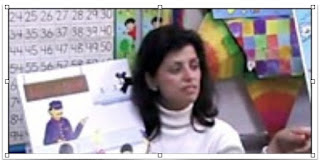 |
Never Miss a Secret! Subscribe to the Newsletter! |
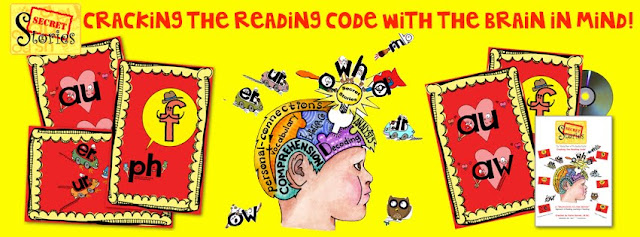 |
|||
|
How to Teach the Sounds of Y (a.k.a. Sneaky Y®) so kids just GET IT!
Brain Based Learning, First Grade, Free Phonics Resources, Guided Reading/ Word Work, Kindergarten, Phonics Posters, Phonics Videos, Reading Intervention, Sneaky Y®/ Sounds of Y, Social Emotional Learning Channels, Struggling Readers, VowelsWhy Wait to Teach the Sounds of Y?

There’s an elephant in your classroom.
And it’s huge.
You sweep by it every day in your classroom, several times in fact, and probably without ever even noticing. It’s most conspicuous during morning calendar time, as that’s its favorite time of day.
So now that you’ve spotted the elephant, it’s time to get rid of it!
Think of Secret Stories® as your “elephant-exterminator!” The Secrets are the logical explanations for letter sound behavior that learners’ brains crave! They are the reasons WHY letters “do what they do” when they don’t do what they should!
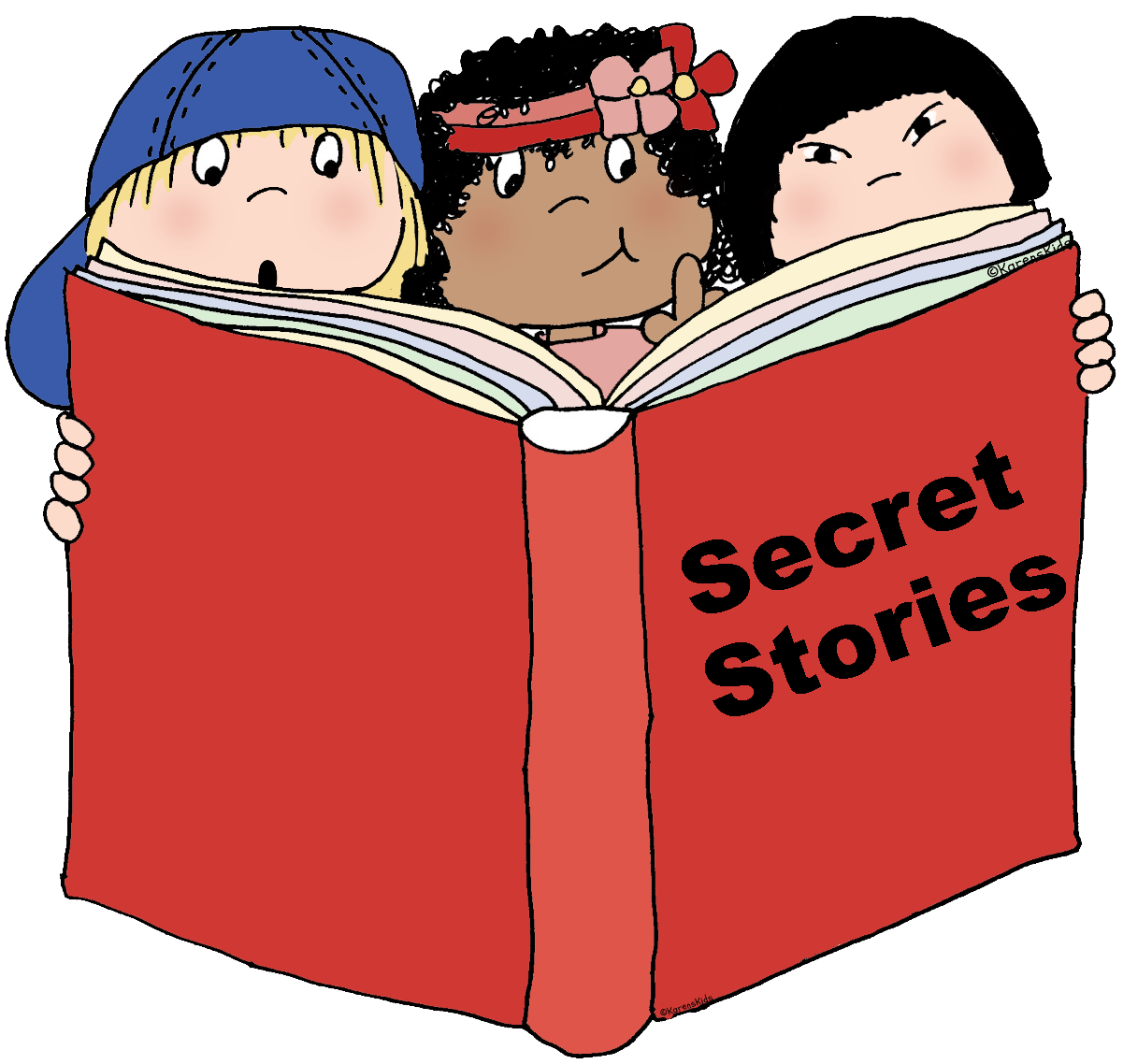
Giving Beginning Readers Easy Access to “High-Leverage” Phonics Skills
There is perhaps nowhere that elephant exterminator is needed more than on our morning calendar, especially when it comes to the letter Y!
It’s literally everywhere, and not once can it be found making the ONE sound that beginning grade learners are told to expect it to, which is “yuh!” as in: yellow, yes, you and yak.
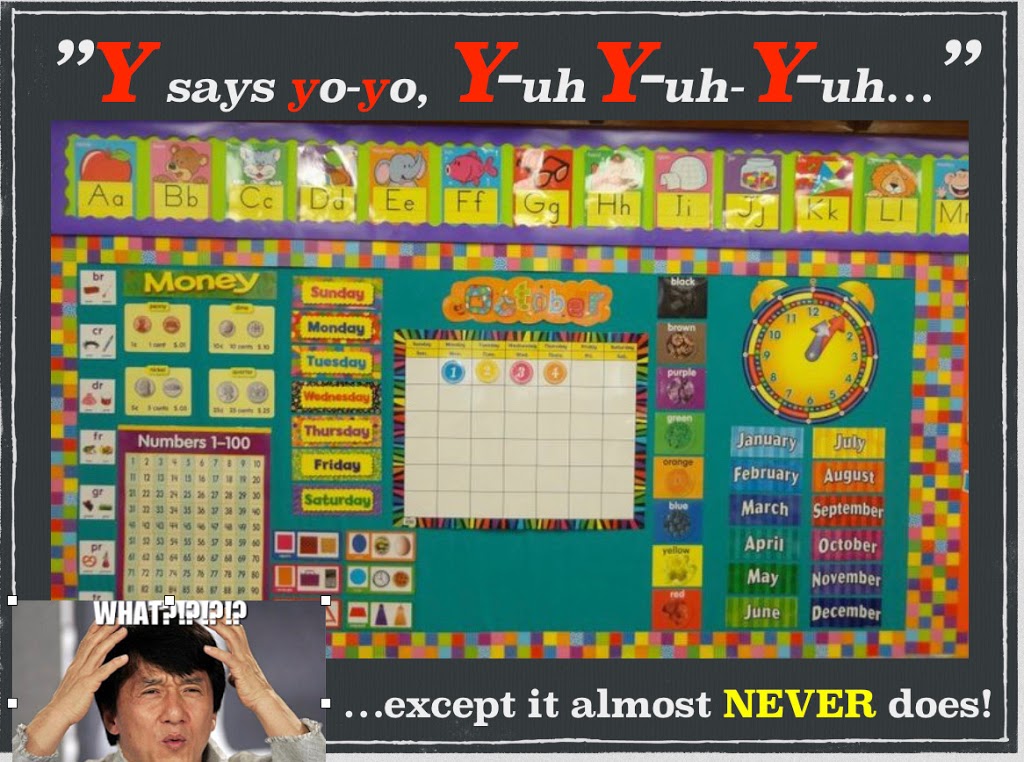
Y is literally everywhere, yet not one time does it ever say, “yuh!”And the classroom calendar isn’t the only place these elephants like to roam.
It seems we have elephants running around everywhere!
Making Phonics Make Sense
When you don’t make sense, it’s time to tell a “Secret!”
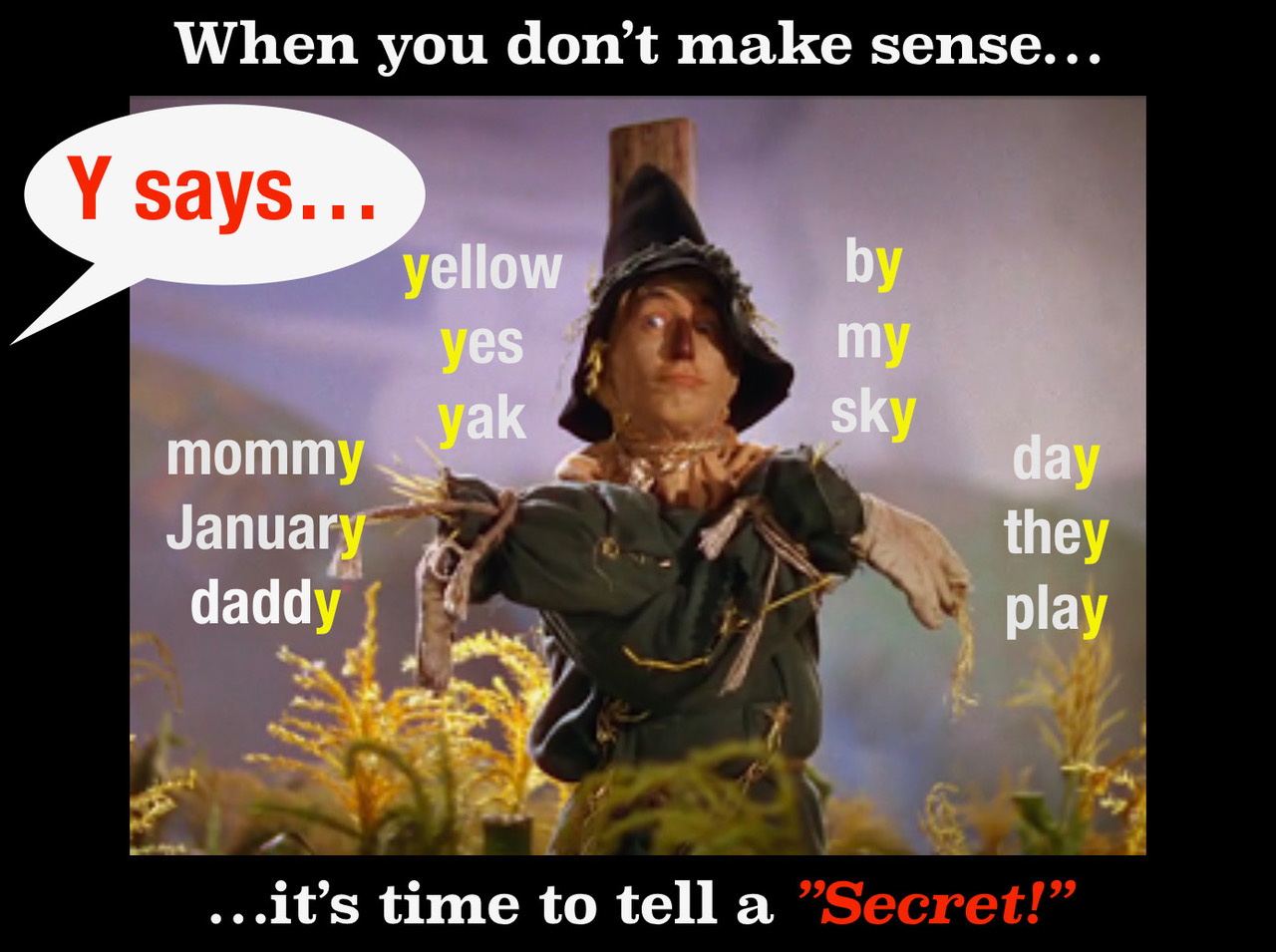
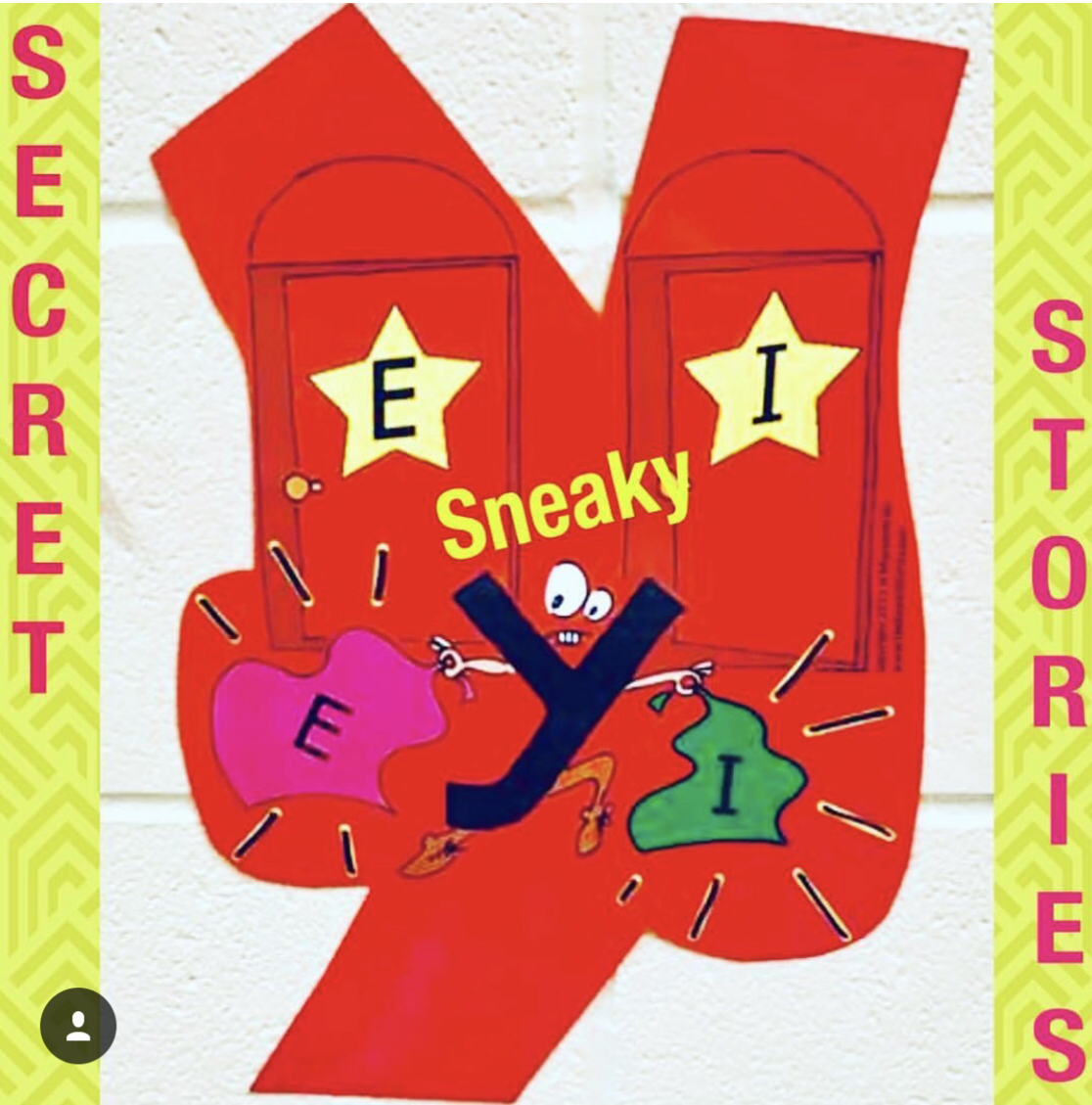
Sneaky Y® Digital Pack on TpT
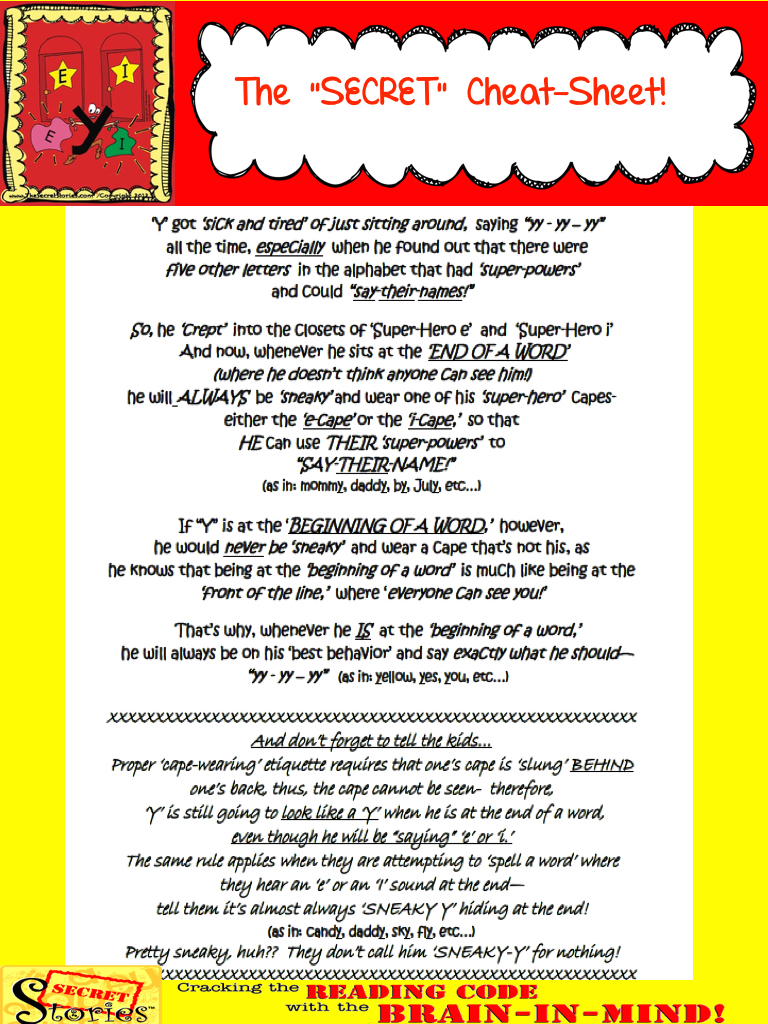
Sneaky Y® Secret Story digital “cheat-sheet” is included in the Superhero Vowel® cheat-sheets in Secrets of the Superhero Vowels digital pack on TPT
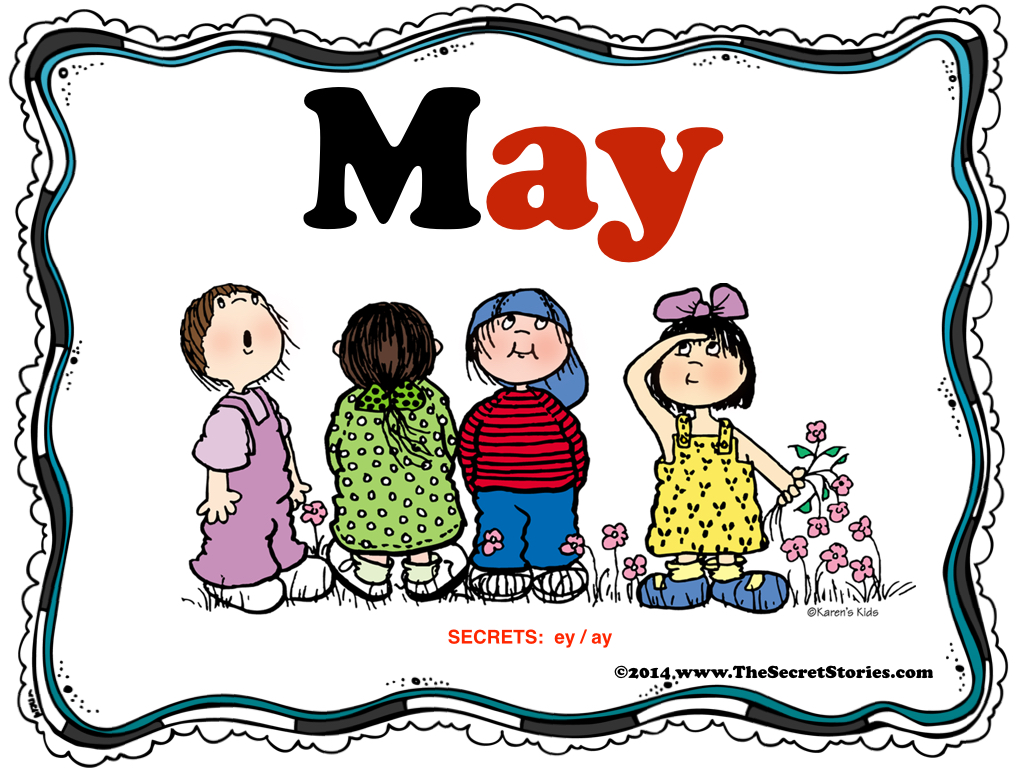
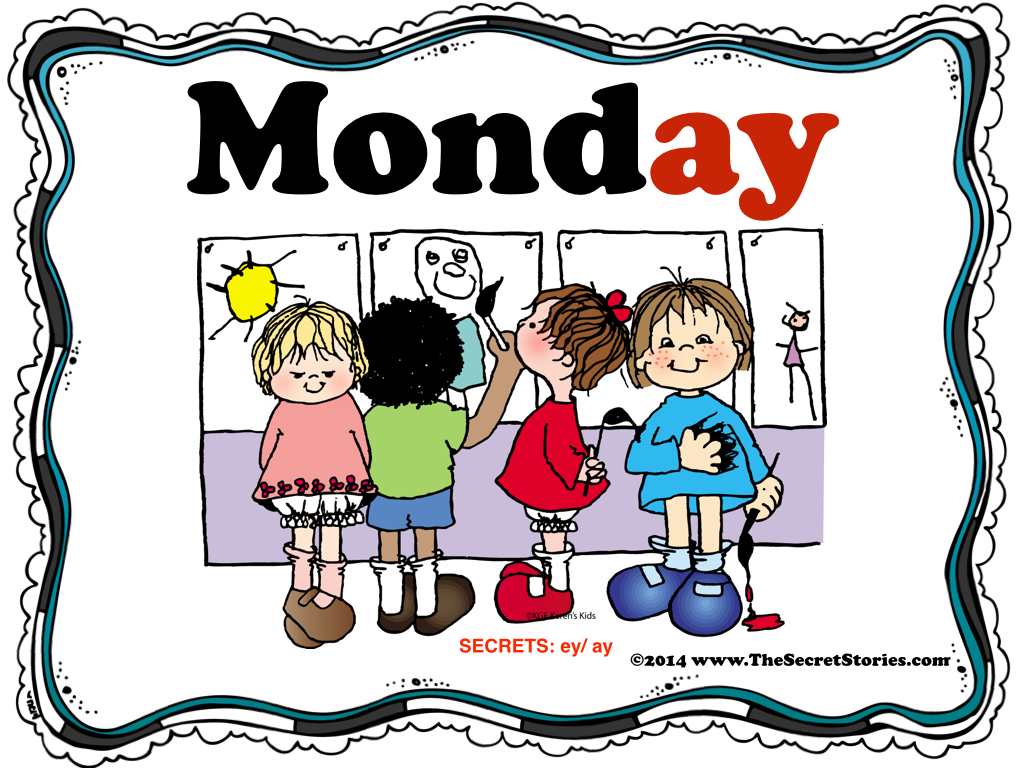
And now, there is a “new and improved” elephant spray in the form of a power-packed guided reader that’s all about Sneaky Y® and his sneaky shenanigans! It’s called Sneaky Y’s Secret and it explains how Sneaky Y® got to be so sneaky! (Special thanks to Susan Eklove for the adorable text and Poco & Pop for the beautiful illustrations!)
Here’s a sneak-peek!
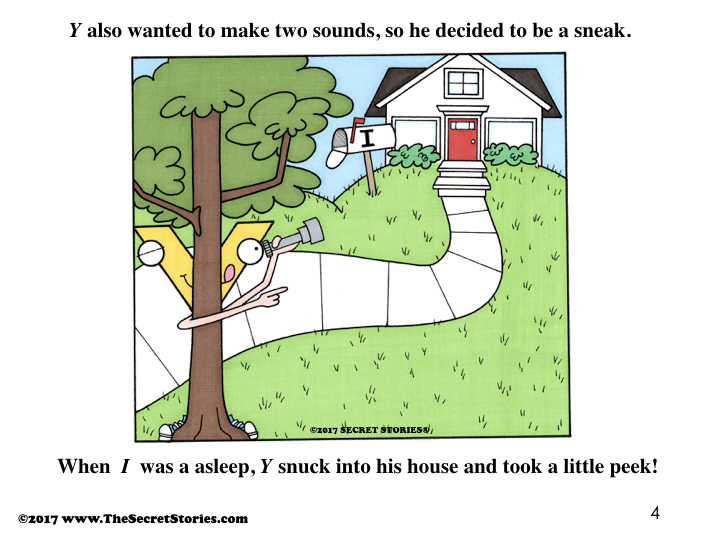
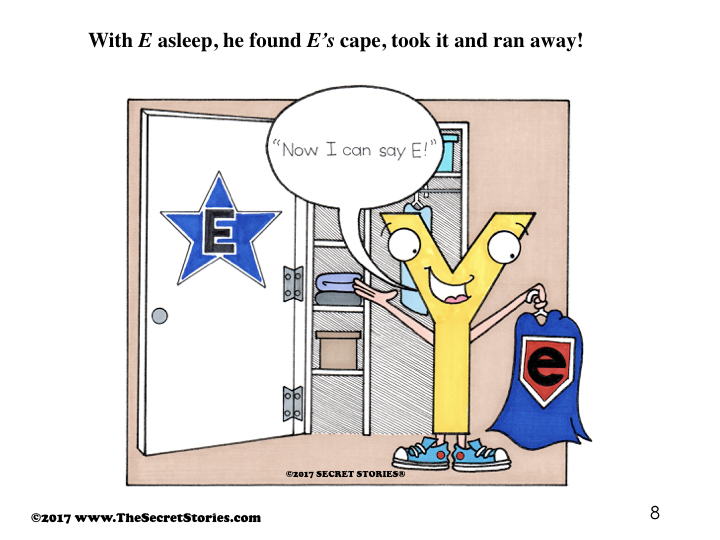
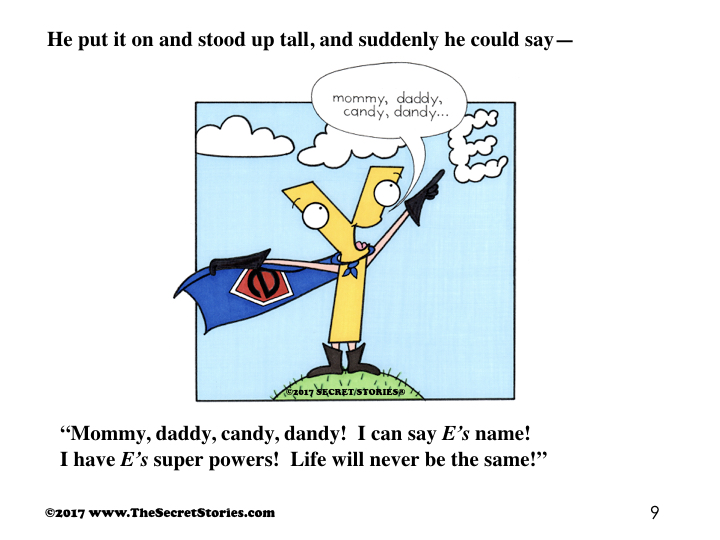
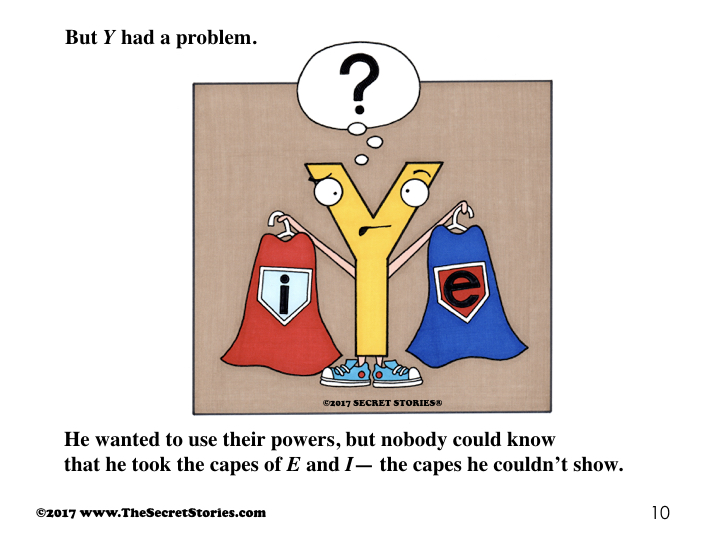
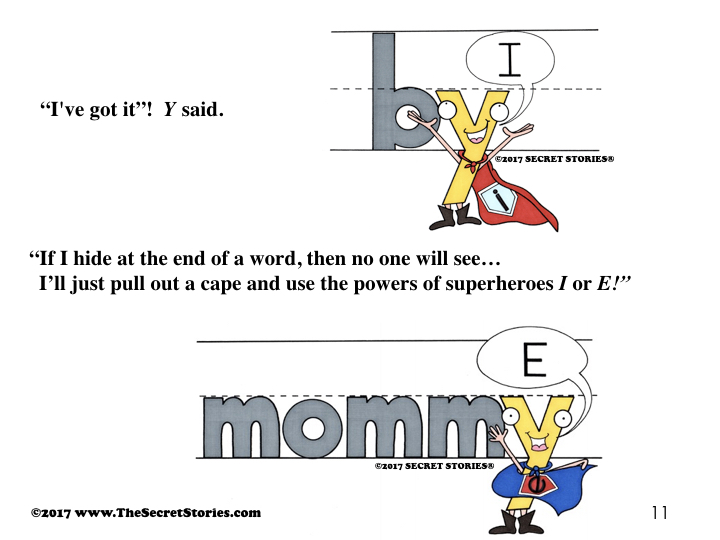
In closing, remember this “cool dude” from the video up above?
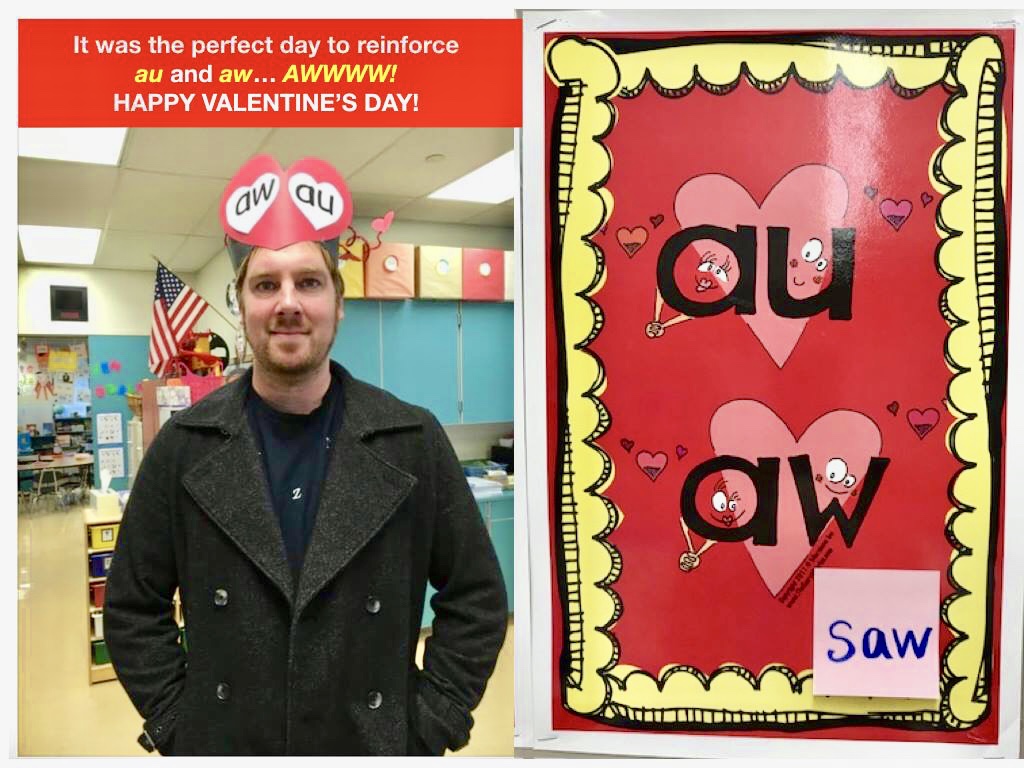
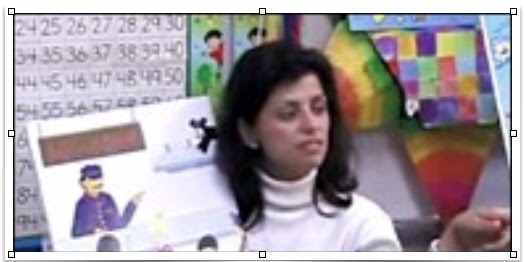
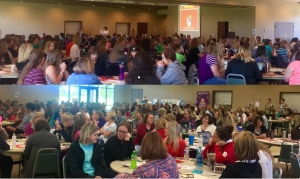 |
| For information on bringing Katie to your school or district for workshops, click here. |
But for early and struggling, upper grade learners, this “trick” can actually be more confusing than the problem it solves, thus making an already difficult task seem even more complicated, especially for the average “concrete-thinker” (which early learners are).
If you’ve been following my blog (or are using the SECRET STORIES®) then you know how quickly and easily the Mommy E® and Babysitter Vowels® secrets are an easy-fix for this pervasive problem. This is because kids already know that when their Mommy (or Babysitter) is nearby, they have to behave and do what they’re told! And when they are not, all behavior-bets are off!
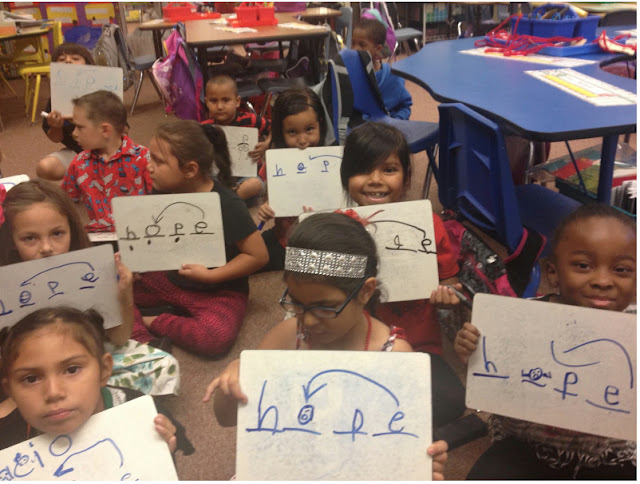 |
| Click here to learn the “Chin-It” Trick that these kids are using in the picture above! |
Framing the abstract VCV/VCCV concepts in this way activates the affective thinking (“feeling”) domain— an earlier developing area of the brain that is far more accessible to very young and/or struggling learners, making it a perfect “backdoor-route” for critical skill acquisition!
For more on Mommy E® and the Babysitter Vowels®, watch this short video clip below.
These “social-emotional” (affective) learning connections to Mommy E® and the Babysitter Vowels® are already deeply entrenched within the learner, and it is this inherent understanding that easily and effortlessly drives their decision-making when working with unfamiliar text.
|
Simplified alternatives, like Sparkly E or Magic E are less effective for a couple of reasons:
—Listening to mommy or a babysitter is already rooted in what kids already know and understand , as they are part of their social emotional framework of understanding. However, Sparkly E and Magic E are random and arbitrary, and therefore require an additional step in the learning process before they can be applied.
—Sparkly E and Magic E only apply to one syllable words ending in silent e (bike, rake, use, etc…) and does not help kids to decode all VCV/ VCCV words, like: going, making, rider, motor, etc… They don’t provide much bang for the instructional-buck, as they only work when there is an e at the end, and otherwise leaving learners “high and dry!”
Kids who know the Secrets can easily crack even more advanced, multi-syllabic words, like hibernate! All they need to know is that much like their own mommy, sometimes Mommy E® just has to get out of the house! When she does, she’ll put another vowel in charge to babysit, and he does exactly what Mommy would do if she were there, which is tell any vowel that’s one letter away, “You say your name!” Works like a charm every time!
So let’s see just how easy this is, even for kindergartners!
 |
| Mommy E® |
Knowing the Mommy E® and Babysitter Vowels® Secrets instantly equip even the youngest four or five year old learners with the “best-betting odds for Las Vegas” when it comes to the most likely sound a vowel will make—even in words they’ve never seen before!
That’s the benefit of targeting phonics instruction to the earlier-developing, affective “feeling” domain, rather than the later developing, executive functioning centers. It’s also why these brain-based tricks for critical phonemic skill mastery are a ‘must-have’ for every reading teacher (and their students!)
So back to the original question about how to know how many /t/’s to use when spelling the word butter. Watch this short video clip from a professional development workshop to find out!
Start sharing “secrets” with your class tomorrow!
Download the FREE Secret Stories® “Appetizer” Anchor Poster Pack
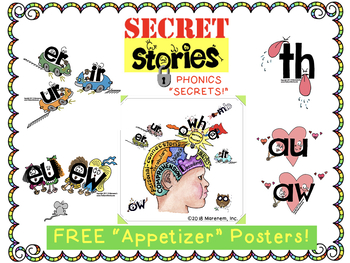
|
|
How to Avoid Having “Too Many Cooks in the Phonics Kitchen!”
Brain Based Learning, ELL, First Grade, Free Phonics Resources, Guided Reading/ Word Work, Homeschoolers, Kindergarten, Orton Gillingham, Phonics for Dyslexia, Phonics Games and Activities, Phonics Videos, Reading Intervention, Sight Words, Social Emotional Learning Channels, Struggling Readers, Title I, Vowels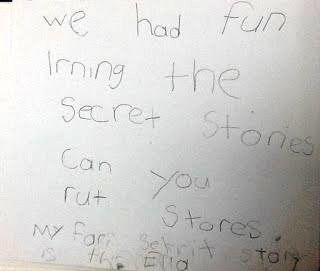 |
| “We had fun learning the Secret Stories. Can you write (more) stories? My favorite is TH!” From Ella |
Secret Stories® is not like traditional phonics, nor is it like any phonics or reading program. There are no “grade level walls” that delay access to the code kids need to read and write The Secrets simply put meaning where there would otherwise be none, so as to shift instruction from brain-antagonistic to brain-compatible.
The brain is a “pattern-making” machine, and Secret Stories® feeds its craving to make sense of letter sound behavior in a way that even the youngest or most struggling readers can easily understand. The rule of thumb when creating the Secrets was not to align them with traditional phonics “rules,” but with the brain science. The Secrets are tools, not rules, which means that they are designed for the sole purpose of helping kids crack words apart (i.e. decode for reading) and put them back together (i.e. encode for writing).
How to Predict the Most Likely Sounds of Letters in Unknown Words
Take -le, for example, as in words like little or middle. There is no Secret for the –le sound because it’s not necessary in to read the words— not if learners know that the /e/ at the end won’t talk anyway. (Mommy E® is supposed to tell any vowel that’s one letter away, “YOU SAY YOUR NAME!” However, I like to tell kids that “Sometimes mommy’s there, but she’s just too tired to care!” ex. have, because, riddle, etc…)
Likewise, if a phonics pattern is so rare that it would be of minimal use to elementary grade level readers, then it is not addressed with a Secret. In such cases, experience is the best teacher, so the key is to get enough real skills under learners’ belts so that they can get up and running with text, and allow text experience to fine-tune learners’ skills. An example of this would be the silent t in words containing the -st or -stle pattern, as in whistle or listen. This sound spelling applies to so few words that it doesn’t merit the time and space it would take up in beginning or struggling readers’ brains. Moreover, learners how know just enough Secrets to read the rest of such words would likely be able to make the adjustment to figure out the word.
The key to being able to successfully give beginning grade learners everything they need is not to burden them with anything they don’t need. (Sorry for the double negative, but hopefully you get the drift!) In simpler terms, don’t get caught up in the minutia! The ultimate goal is GET KIDS READING by not taking 3-4 grade level years to deliver the “whole” code they need to do it!
By using brain-based connections to make phonics make sense, we can accelerate learner-access to the “whole” code that’s needed to read and write—rather than divvying it out in grade-level “bits and pieces!” This allows beginning grade learners to start gaining valuable text experience years earlier than they otherwise could. And READING is a far better teacher than we will ever be!
In addition to providing logical explanations for letter sound behavior that the brain craves, Secret Stories®also accounts for their “next-most likely” default sounds — all of which are embedded into the sound posters. Because these defaults follow the same social emotional “feeling” based logic that drives learners’ own behavior, even inexperienced, beginning readers (and upper grade struggling readers) are easily able “think-through” the alternative sound behaviors of letters in unknown words instead of just having to memorize them (as exceptions).
Filtering-out the fringe and streamlining the most common letter sound behaviors offers kids a new way of thinking about phonics. Instead of the binary “rule/exception” approach to phonics, Secret Stories® aligns letter behavior with kid behavior, making sounds easily predictable. It is within this “hierarchy of likelihood” that young and inexperienced readers are easily able to logically deduce the most and next-most likely sounds of letters, even in words they have never seen before.
Working with text requires learners to “think outside the box,” which they cannot do if they don’t know first know what’s IN it. The Secrets equip learners everything that’s IN the box so they can more easily think outside it. Rather than having to memorize words that are exceptions in order to read them, students can use higher-level thinking and problem solving to figure them out, stretching their analytical thinking and problem solving capabilities far beyond just phonics skills for reading.
This critical analysis and diagnostic thinking exercise takes the form of “What else can it be? What else can we try?” much like the diagnostic thinking/ deductive reasoning process that doctors employ when attempting to diagnose symptoms that don’t always “present” in the way that they should.
Activating Social-Emotional Learning Channels for Higher Level Thinking
When learners are equipped with Secrets, they actually enjoy engaging with text in this way, as daily reading and writing is transformed into a virtual playground for critical thinking and deep literacy learning!
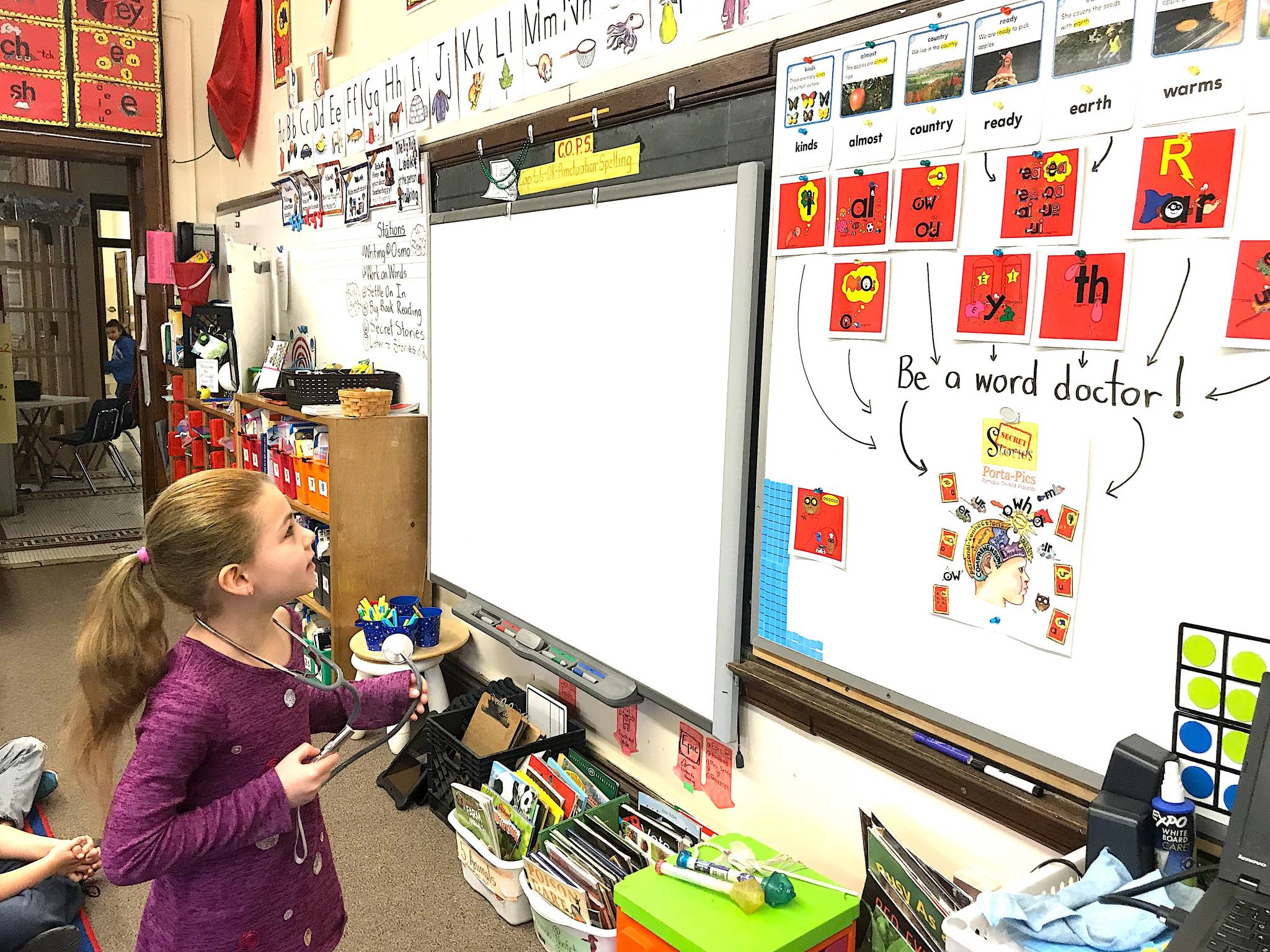
By anchoring abstract letter sound and phonics skills into social and emotional frameworks that are already deeply entrenched within the learner, they become personally meaningful and relevant.
Now Let’s Play “Word Doctor” with the Words Above!
Let’s start with the simplest one, which is ck. Both letters are simply making their correct sounds, and because their sounds are identical, this spelling pattern is easy to sound out. Thus, no Secret is needed!
Next up is -dge (as in ridge, sludge, budget, etc…)
If kids know the ce, ci, cy/ ge, gi, gy Secret then the addition of the letter d should pose no problem when sounding out the word. Even if they include the d sound, they would still be able to “get” (recognize) the word. Additionally, the e at the end would also cause no worry, as kids who know the Secrets know that Mommy E® can only tell the vowel to say its name if she’s one letter away, close enough to reach it!
Therefore, creating a new Secret for the –dge pattern is unnecessary and would only result in our having “one too many” cooks in our kitchen! That’s not to say that knowledge of -dge as a spelling pattern wouldn’t be useful to upper grade learners, abut the primary goal is to get kids reading. All of the research shows that reading is by far the best teacher for fine-tuning spelling, and kids who know the Secrets will be able to that experience, tenfold!
If learners know the ch Secret, then initially attacking it with the t sound before the ch won’t interfere with a reader’s ability to ultimately decode the word, even for kindergartners.
Knowing the qu Secret is all that is needed here, along with recognizing that as with -dge, the e at the end makes no sound. And keep in mind that when working with words not of English origin, Secret Stories® will get you close, but not all the way, as the same rules don’t apply, as with words like: bouquet, applique, etc…
-ive (as in: dive, give, active, lives, etc…)
The first word, dive poses no problem at all, as Mommy E® is doing just what she should, which is in telling i (who’s one letter away) to say his name! However, in the other words— give, active and live — Mommy E® is just “too tired to care,” as sometimes mommies are! Which is why sometimes, she’ll just sit back and let the vowels do whatever they want… because even moms aren’t perfect! It’s words like these that require kids to put on their “Dr. Hat” and think-through to the next most likely sound!
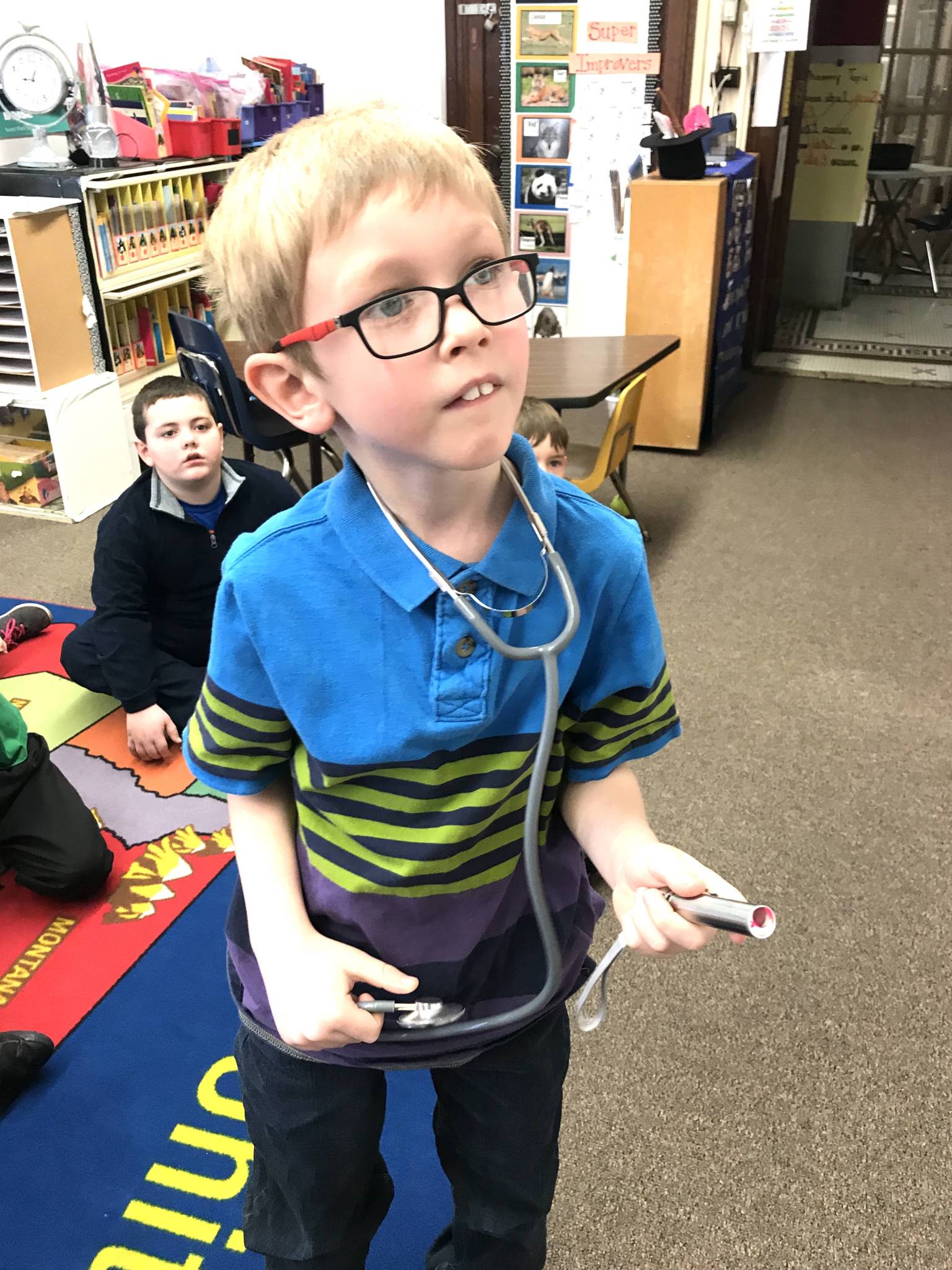
-old (as in: bold, cold, mold, etc…)
This one’s easy, with the only possible glitch being that the letter o is making its long (Superhero) sound instead of the short and lazy one it’s supposed to when Mommy E® or the Babysitter Vowels®´aren’t around. Even still, simply encouraging learners to “think like doctors” and trying the next most likely sound for o will enable them to get the word.
Learn the “Secrets” about Mommy E® and Babysitter Vowels® in the video below.
-olt (as in: bolt, molten, revolt, etc..)
-ost (as in: cost, post, lost, most, etc…)
Same as above, as o should short and lazy, since there is no Mommy E® or Babysitter Vowel® in sight, so again, learners need to “think like doctors” and try both sounds to be sure, just like any good word doctor would do.
-ind (as in: kind, windy, find, Indian, etc…)
Same as above.
-ild (as in: mild, wild, child, build, mildew, etc…)
Same as above.
-on (as in: Monday, money, done, etc..)
In all these words, the short o sounds more like short u, or schwa sound. The letter o makes this sound in many words, like: come, of, love, some, done, etc. Other vowels will often “default” to the schwa sound as well in words like: what, was, was, want, above, about, pencil, etc. When vowels make this sound, it’s because they are thinking, which is why they’re called the Thinking Vowels™, and their sound is easily prompted with a simple “head-bop.” With this simple secret trick, even kindergartners can easily decode otherwise “undecodable” words! You can read about the Thinking Vowels™ here.
 |
| Click here to learn the “Thinking Vowels/Head-Bop” Trick for Fickle Vowels |
While we have a trick for the words above, every now and then, kids will need to use a little more elbow grease to “bend” the letter sounds and “get” the word. Practicing is very helpful and can actually be a lot of fun, and a great way to do it is to read the books Hungry Thing and Hungry Thing Returns by Jan Slepian and Ann Seidler “What else could it be? What else can I try?”
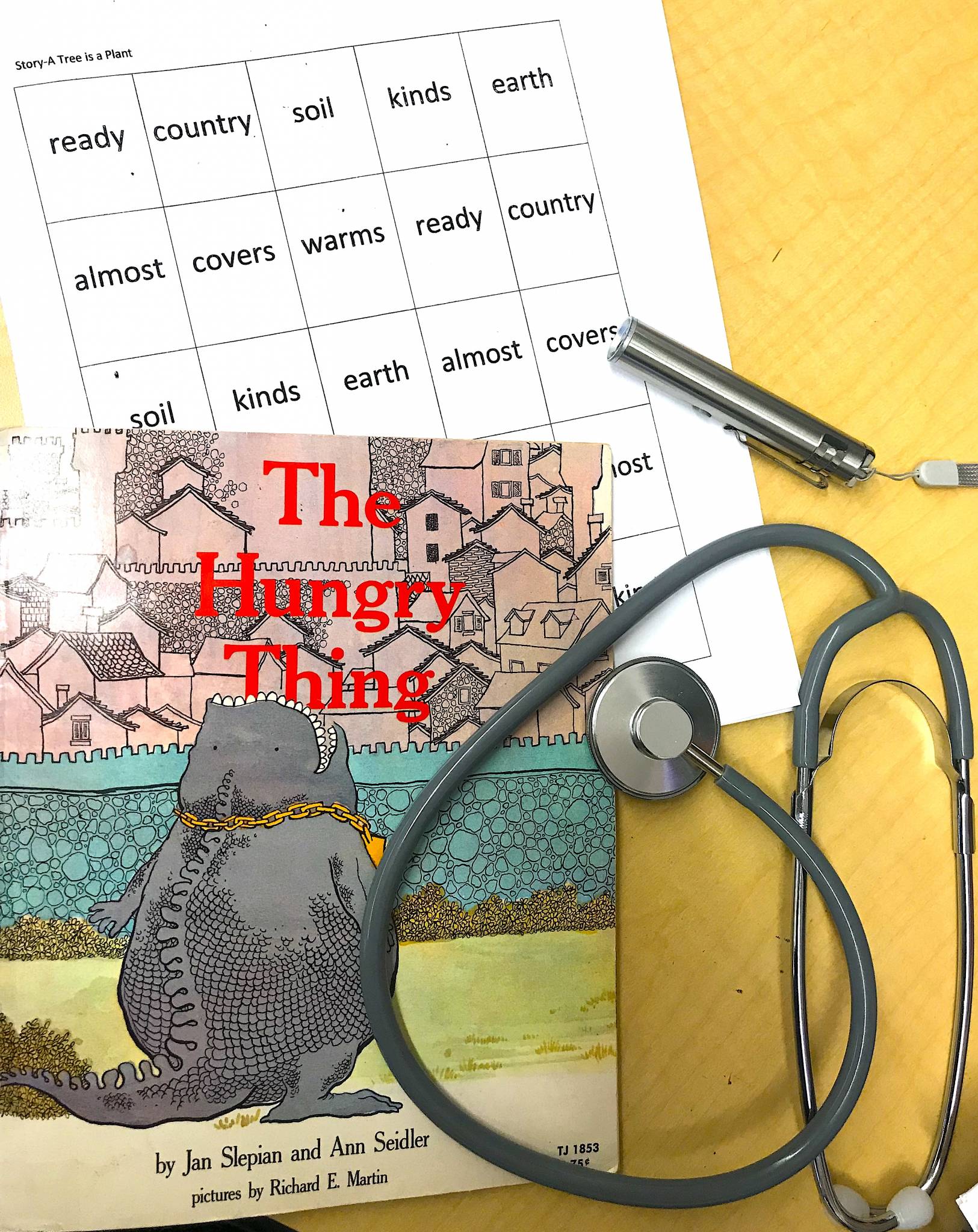
-unk (as in: bunk, chunk, dunk, etc…)
No secrets needed, as the letters are doing exactly what they should!
-ink (as in: sink, blink, drink, etc…)
One of my favorite Secrets is I tries E on for Size, and it’s all that’s needed to explain why i will sometimes make e’s sound instead of his own!
 |
| Secret Stories® “I tries E on for Size” |
This one’s easily taken care of with the ER, IR & UR- Secret, as the t just makes its regular sound, and like some of the other patterns above, Mommy E® is just hanging out at the end, doing nothing!
Reading Hard Words Can Be Easy, If You Know the “Secrets”
Fostering this fluid and flexible thinking about letters and the sounds they make is what helps to transform daily reading and writing into a playground of critical thinking and deep learning opportunities! And while the kids enjoy seeing the Secrets work, they have much MORE fun playing word doctor when they don’t— trying to figure out what else the letters might are doing and how best to tackle them! And as the more they engage, the more powerful they feel when working with text, and the more their confidence grows across the instructional day! they over text grows by the day,
This is easy to see when watching these first graders at work, trying to account for why the i is long in words like light, right and fight, when there is no Mommy E® or Babysitter Vowel® there to make it say its name! (This clip of Mrs. Mac’s class is one of my favorites!)
 |
| Access the Complete Set in the Guided Reader Description |
| Try a “taste” of the Secrets with YOUR class and see the difference they make! Click to Download the FREE Secret Stories® “Appetizer” Anchor Phonics Posters! |

| Until Next Time, Katie :-)  |
Never Miss a Secret! Subscribe to the Newsletter! |
|
|
Do You Like Secrets?
Subscribe for FREE “secret” goodies, including Secret Session posts, professional development videos, teacher chats, beta product downloads, and links to FREE resources!
MAILING ADDRESS
P.O. Box 2186
Skyland, NC 28776
CUSTOMER SUPPORT CONTACT
support@thesecretstories.com
